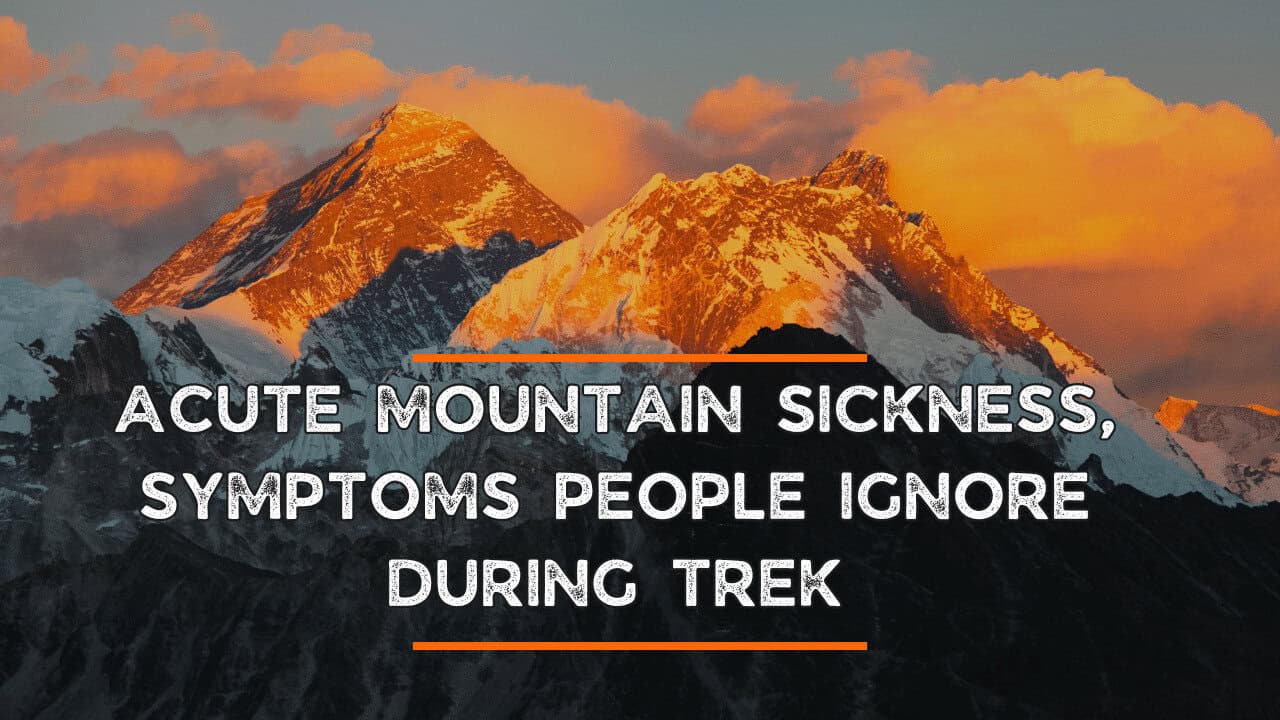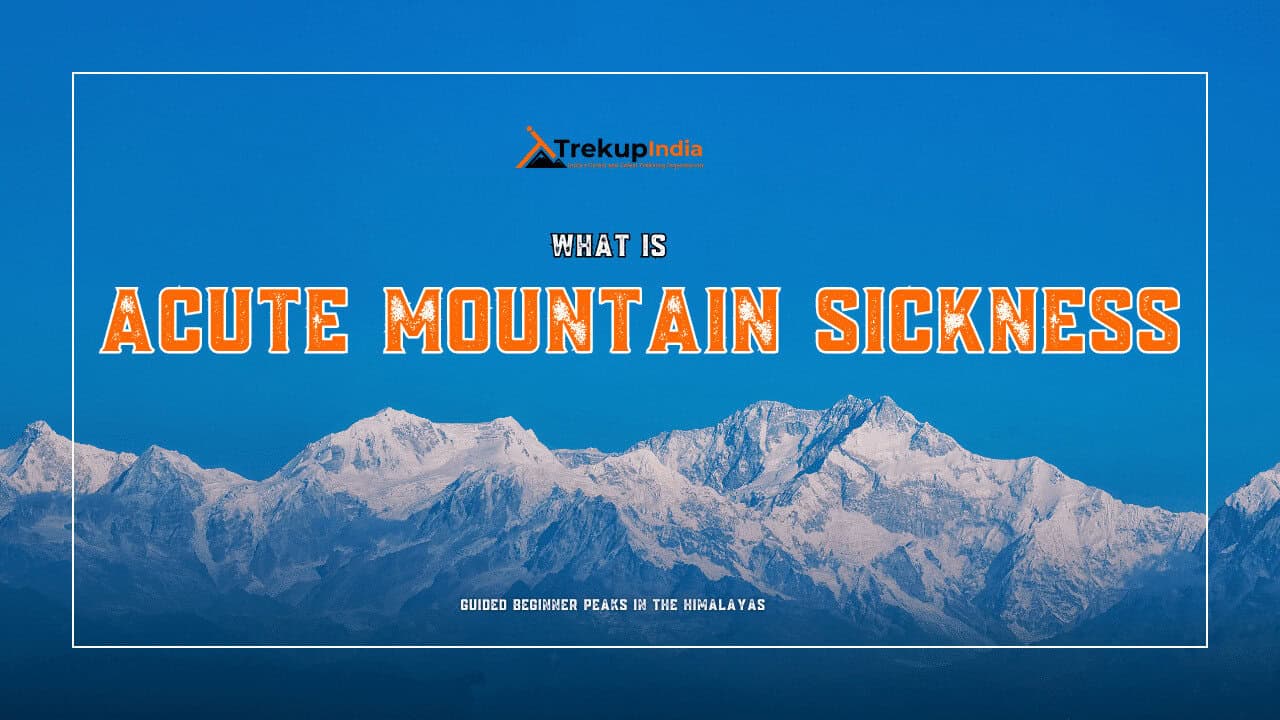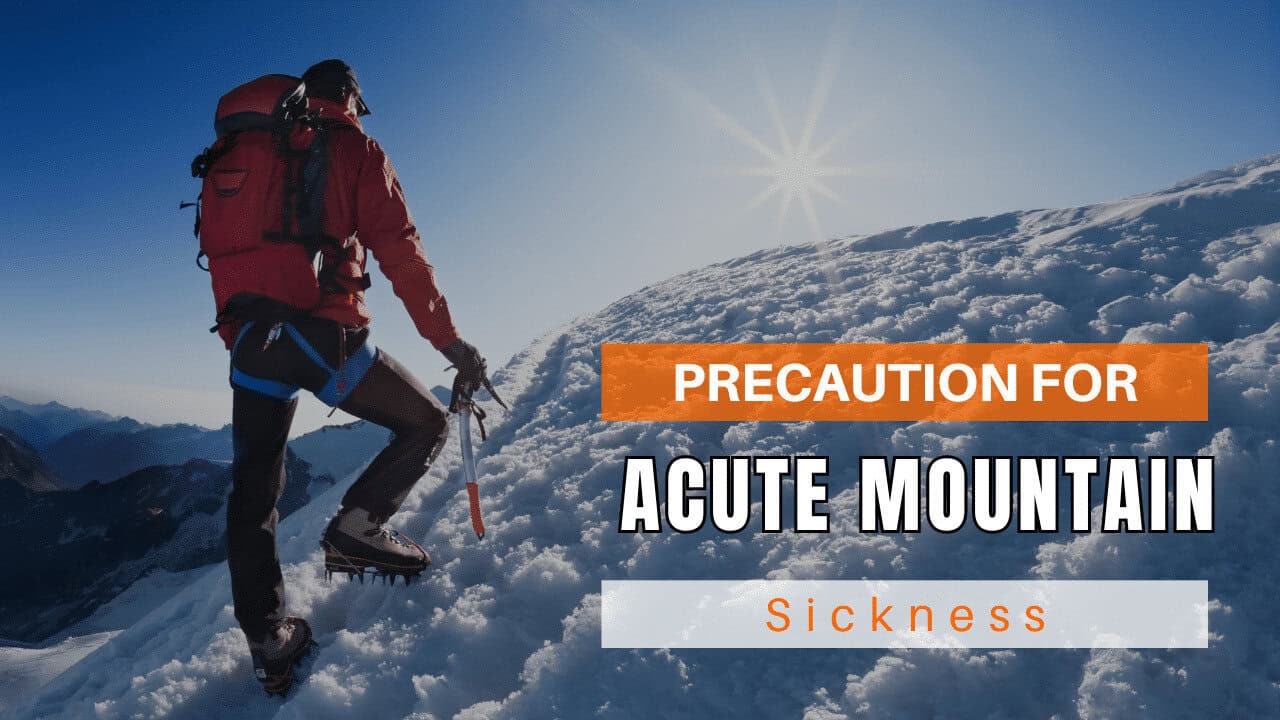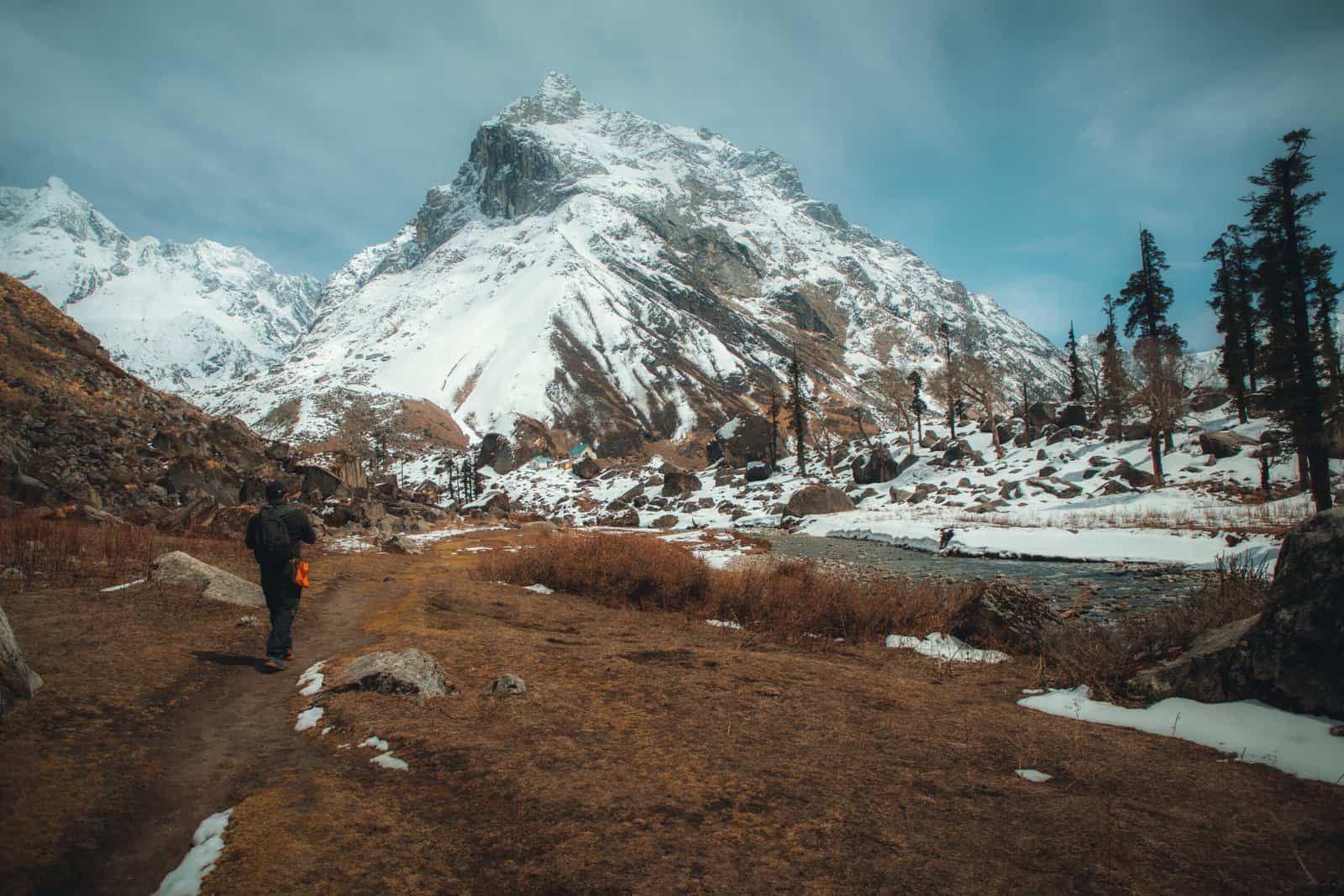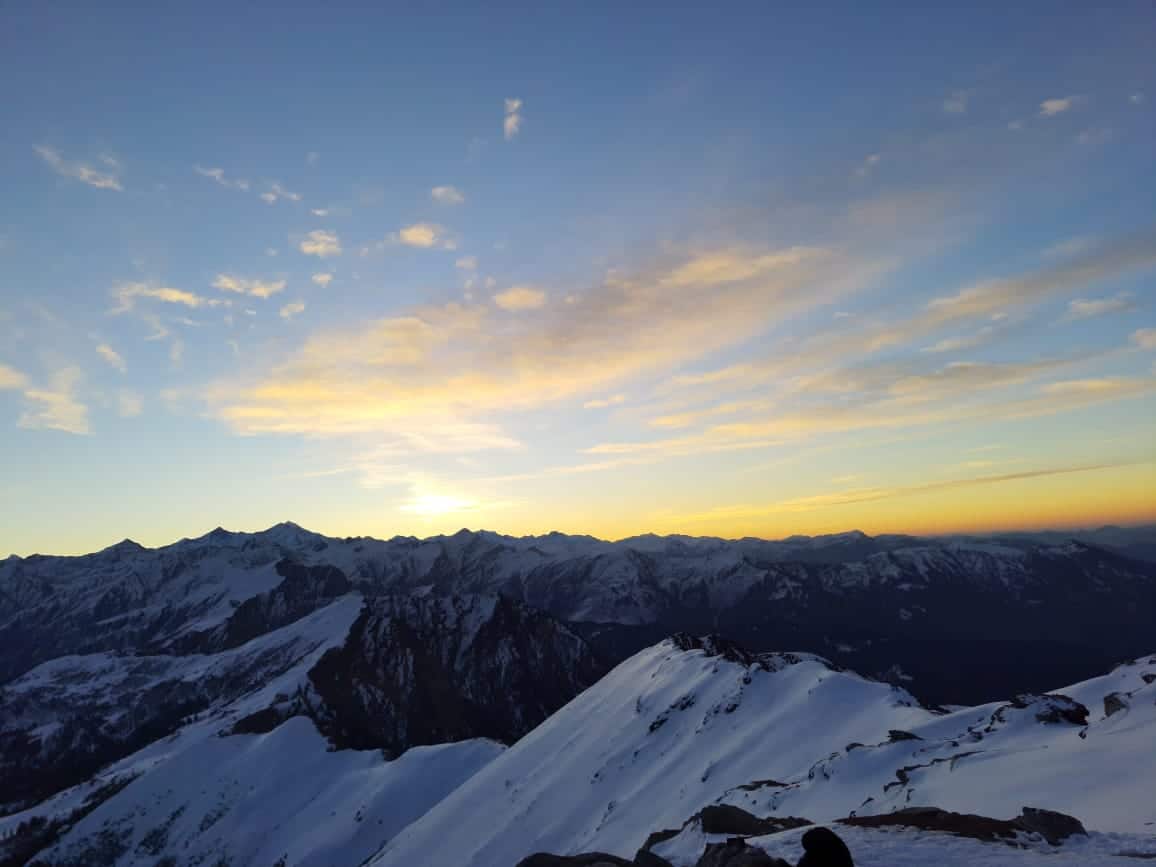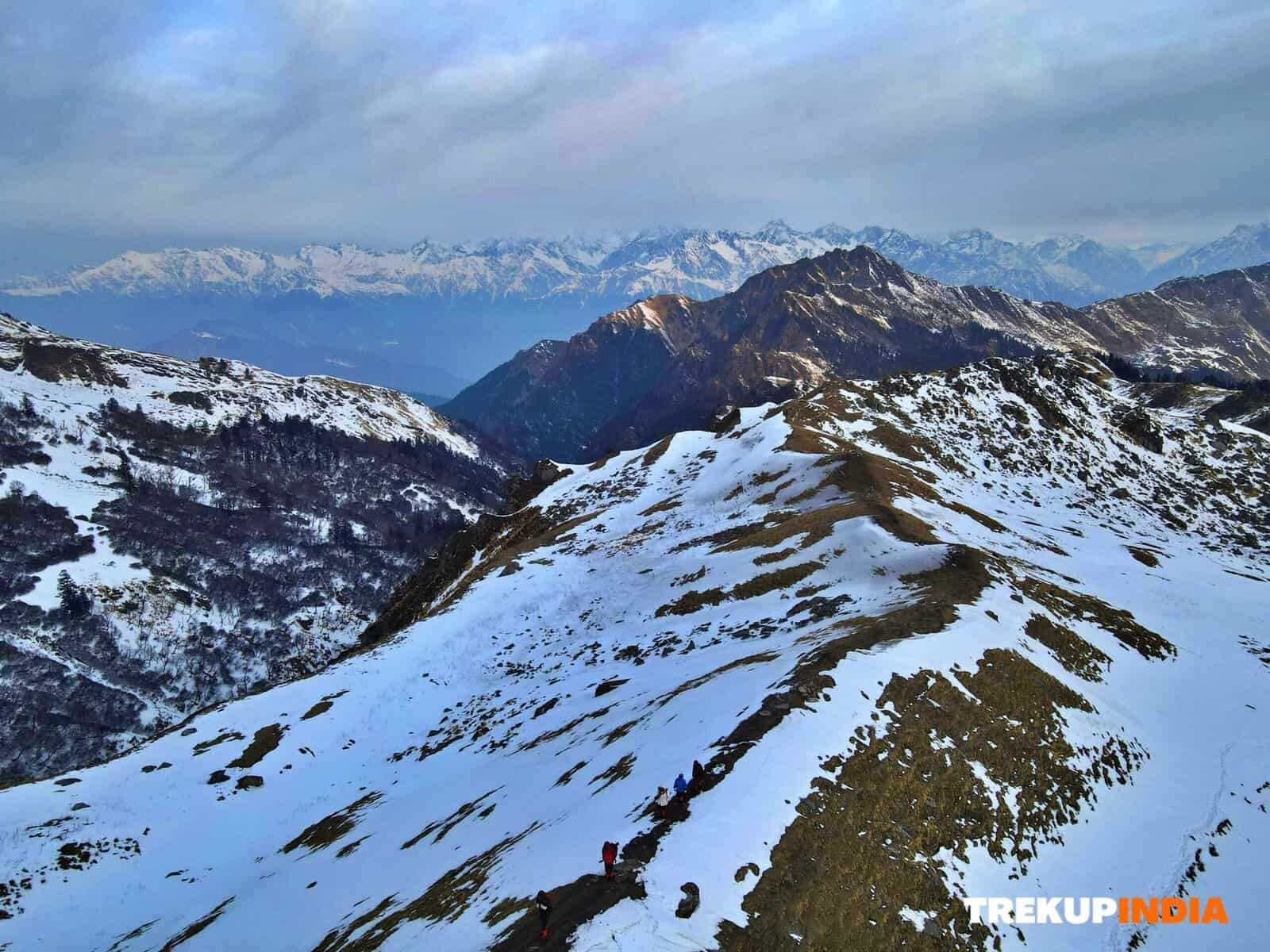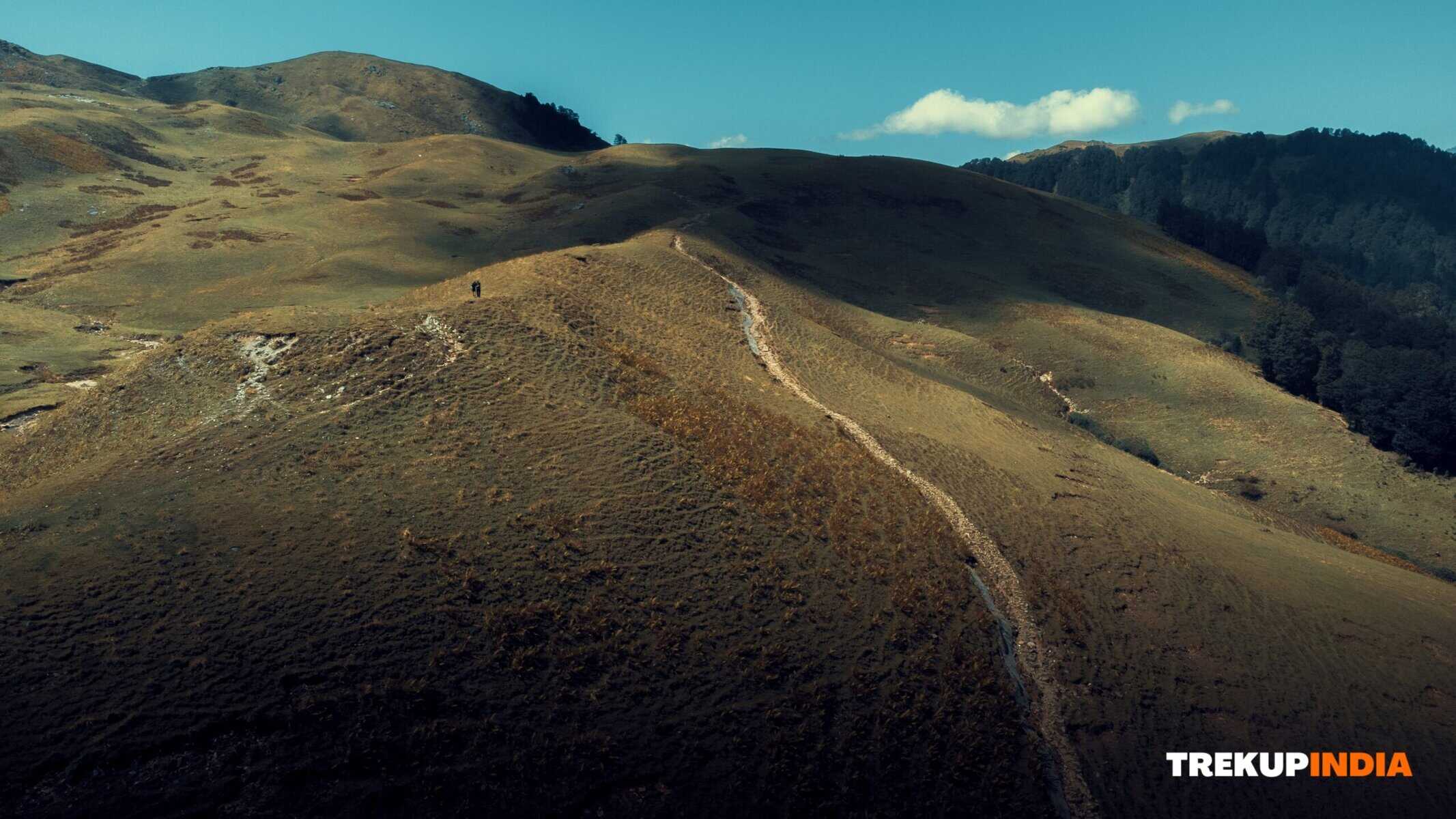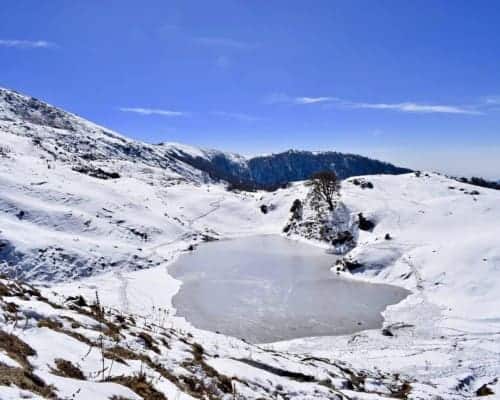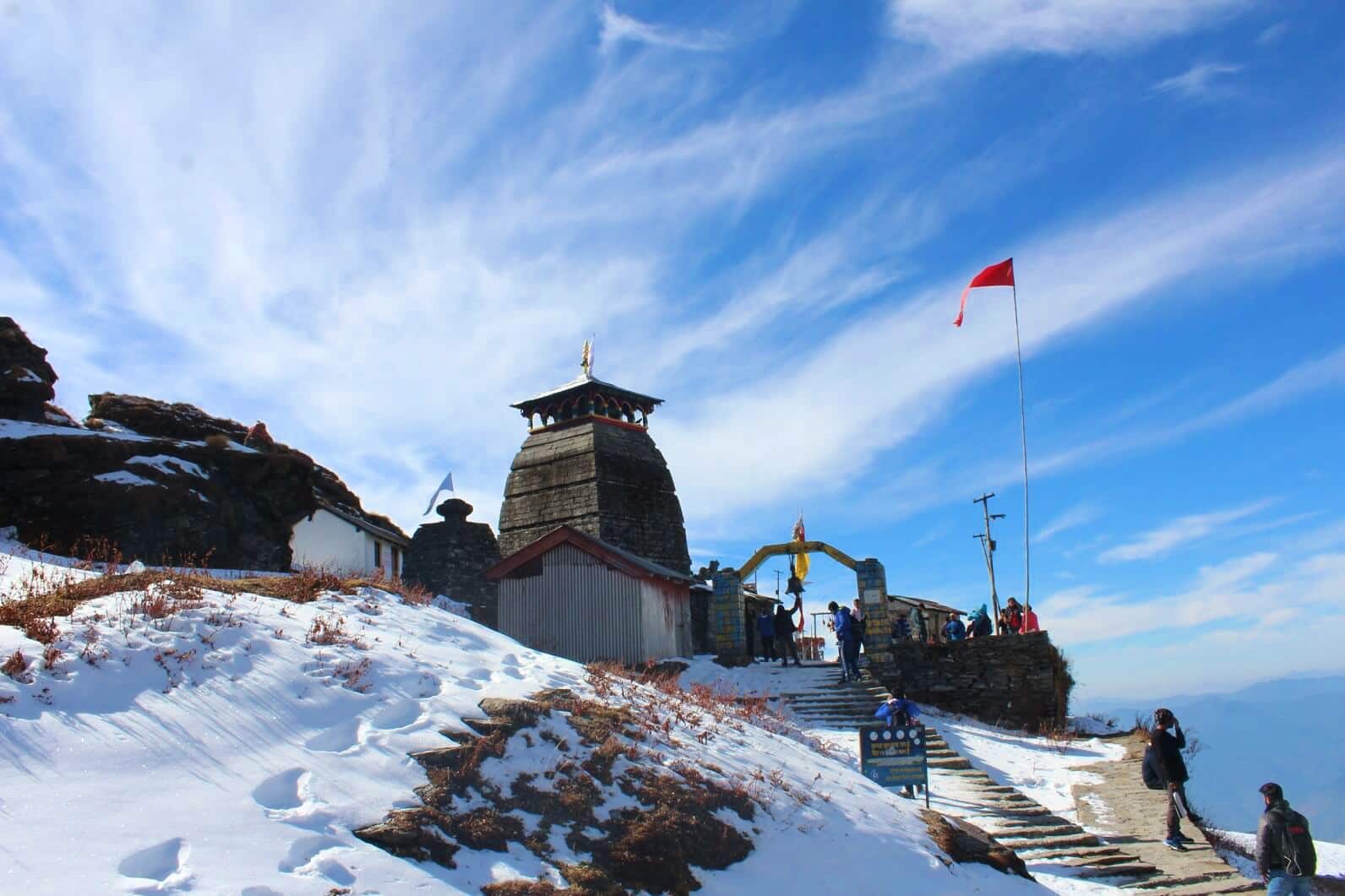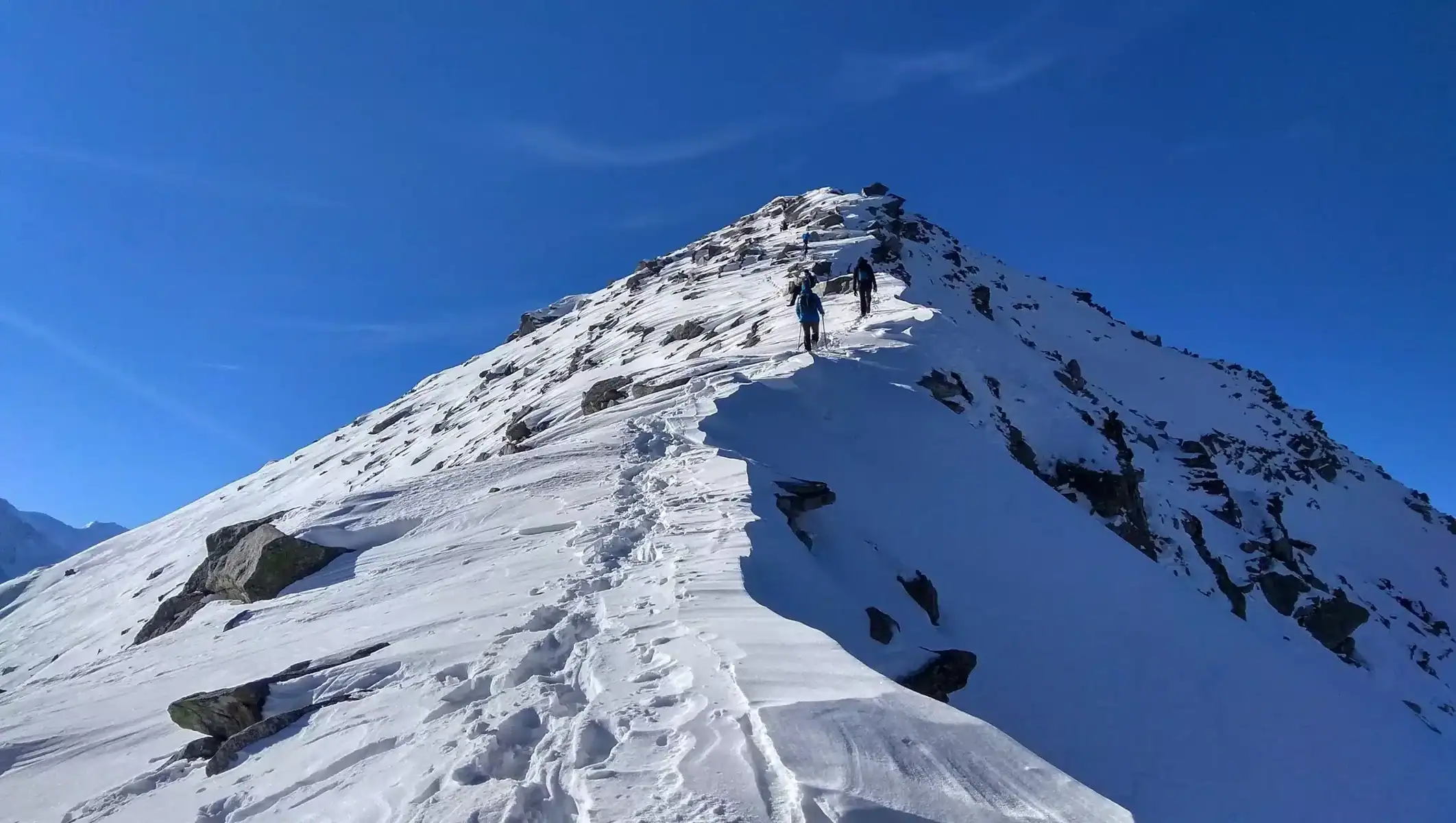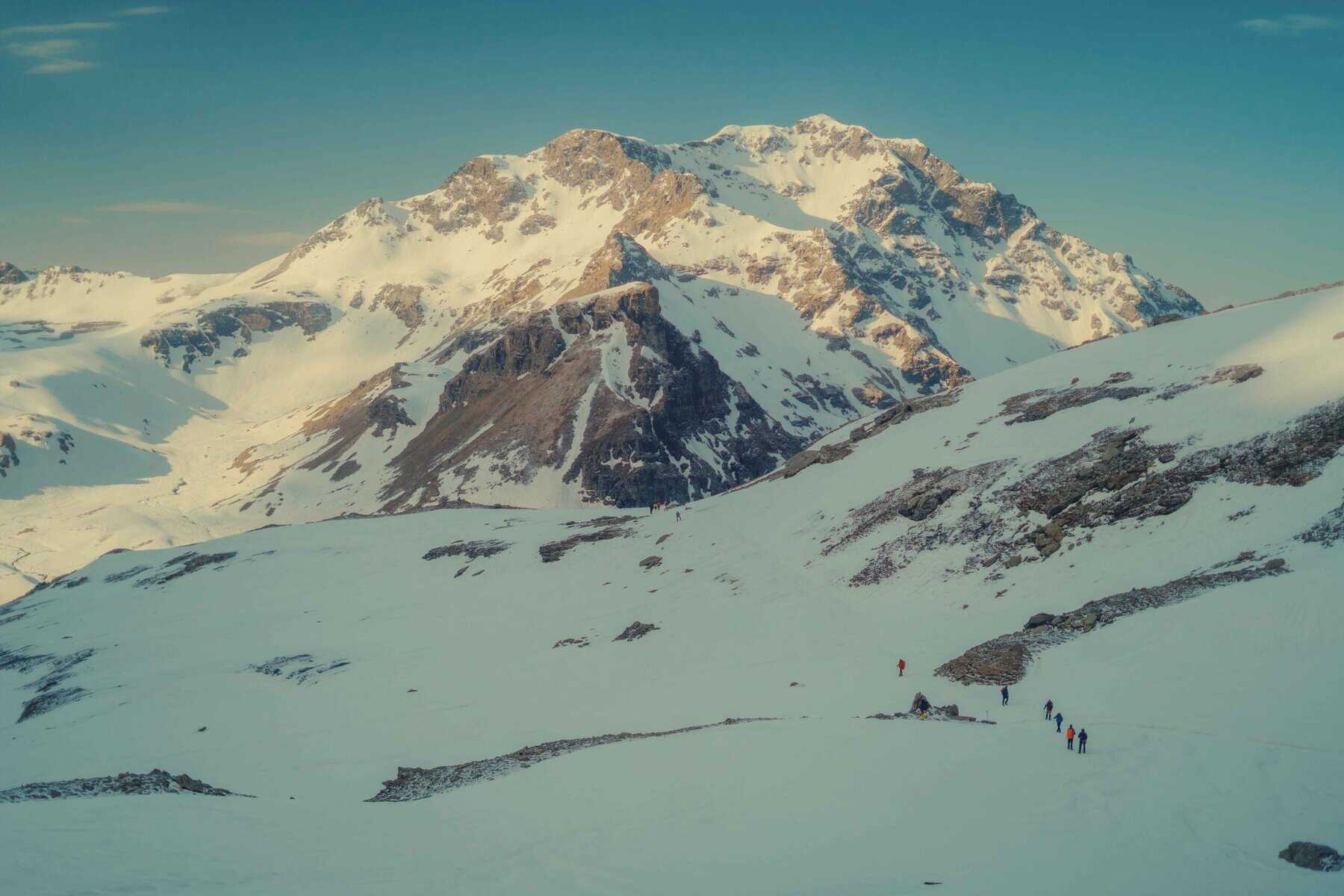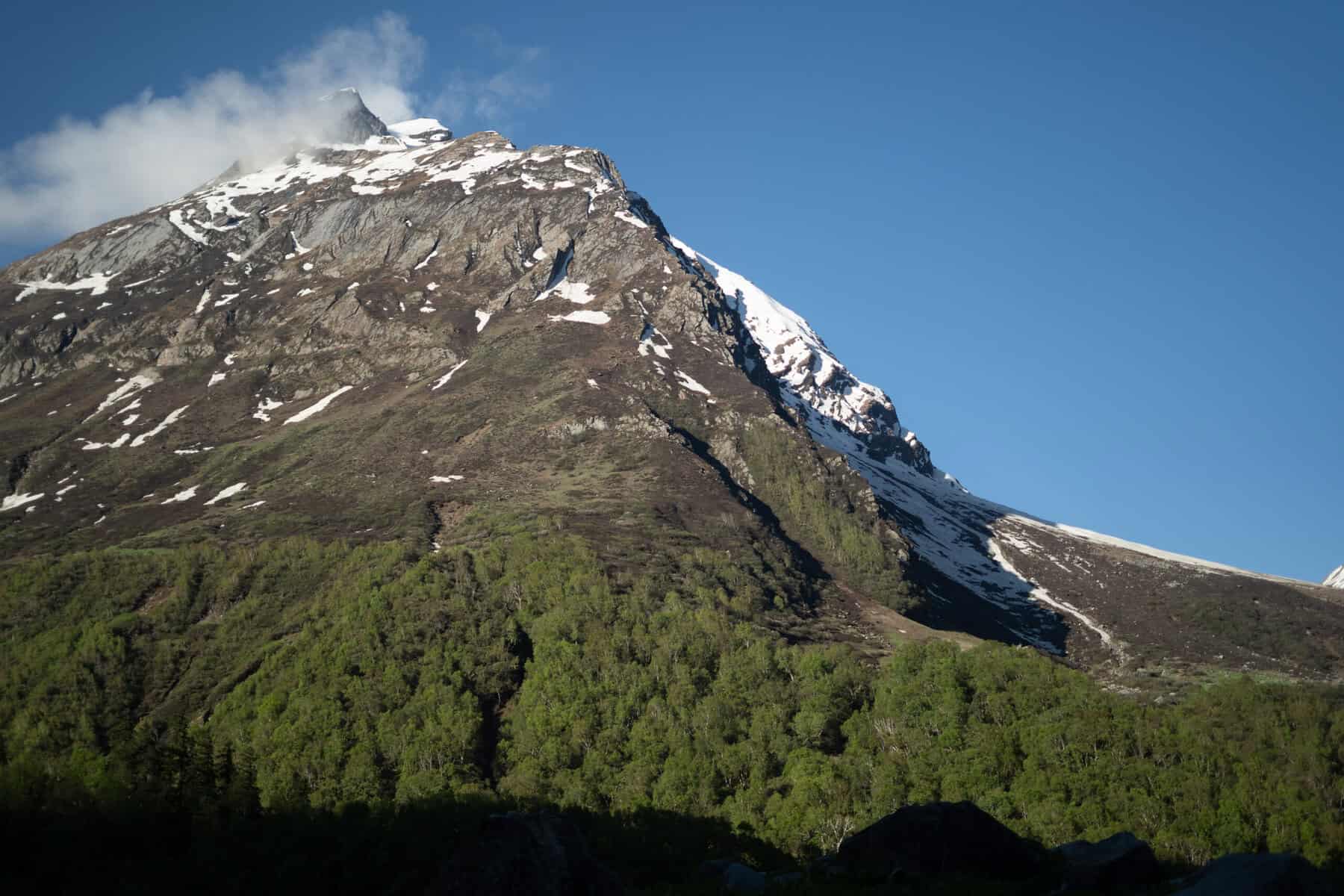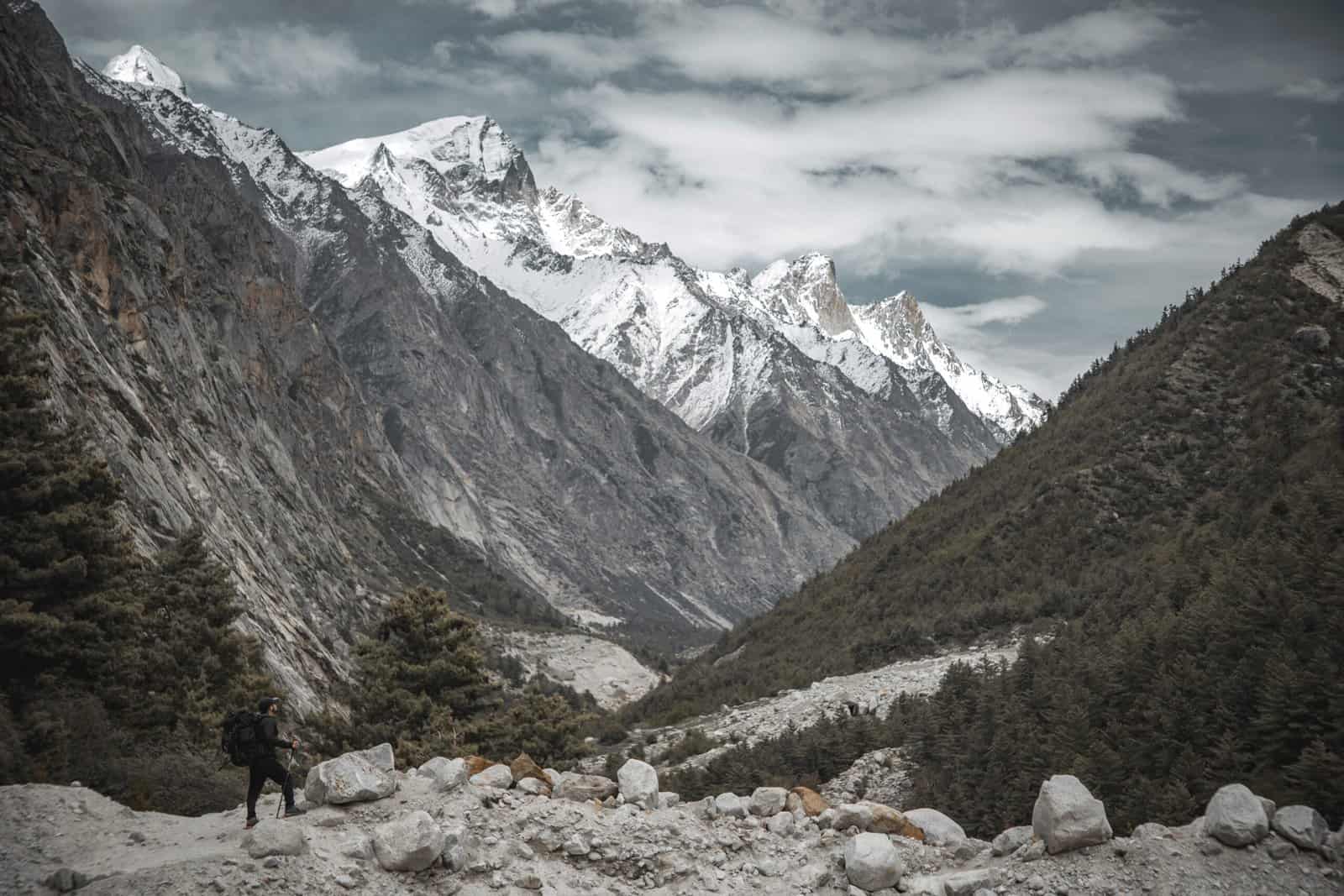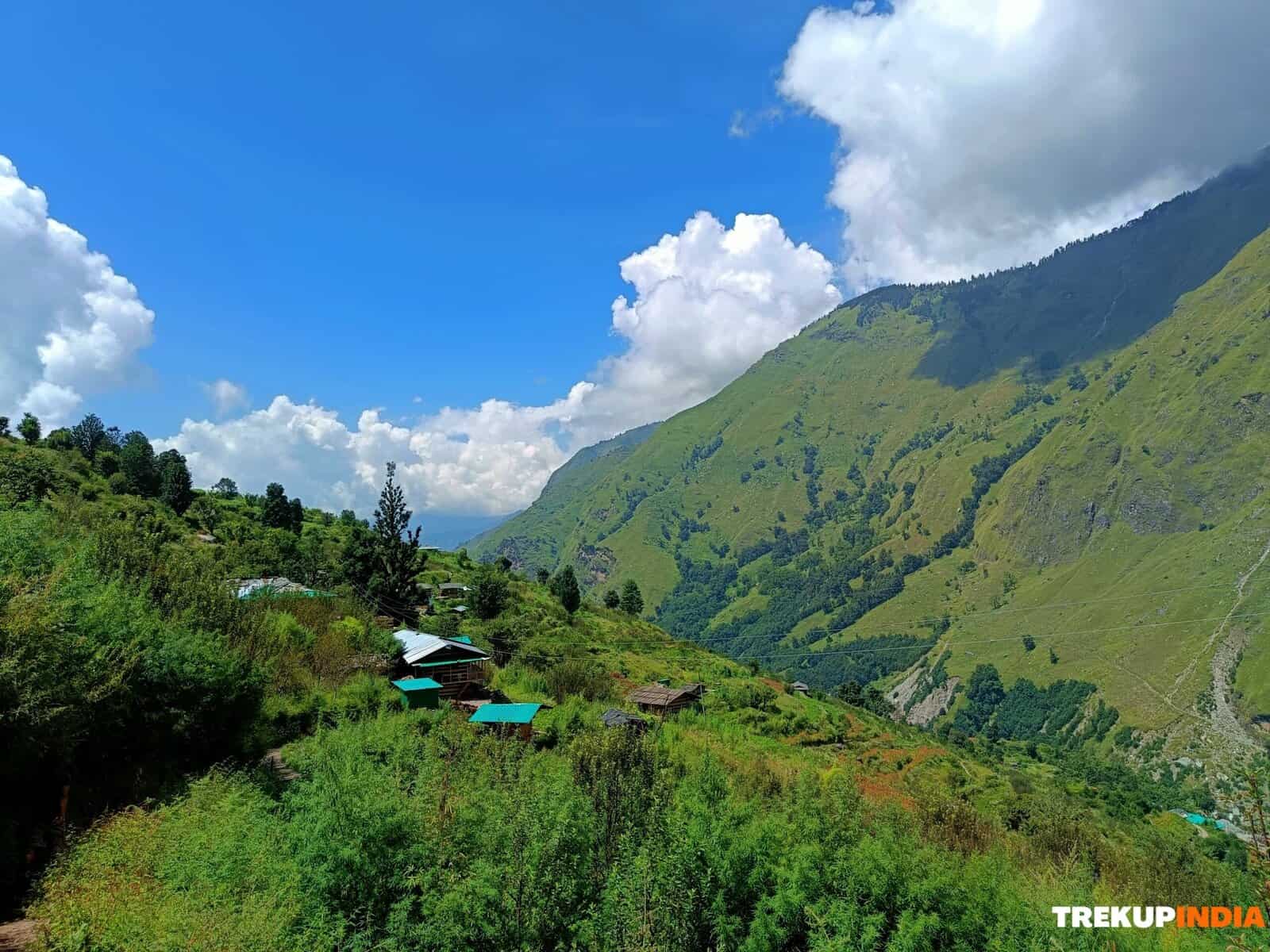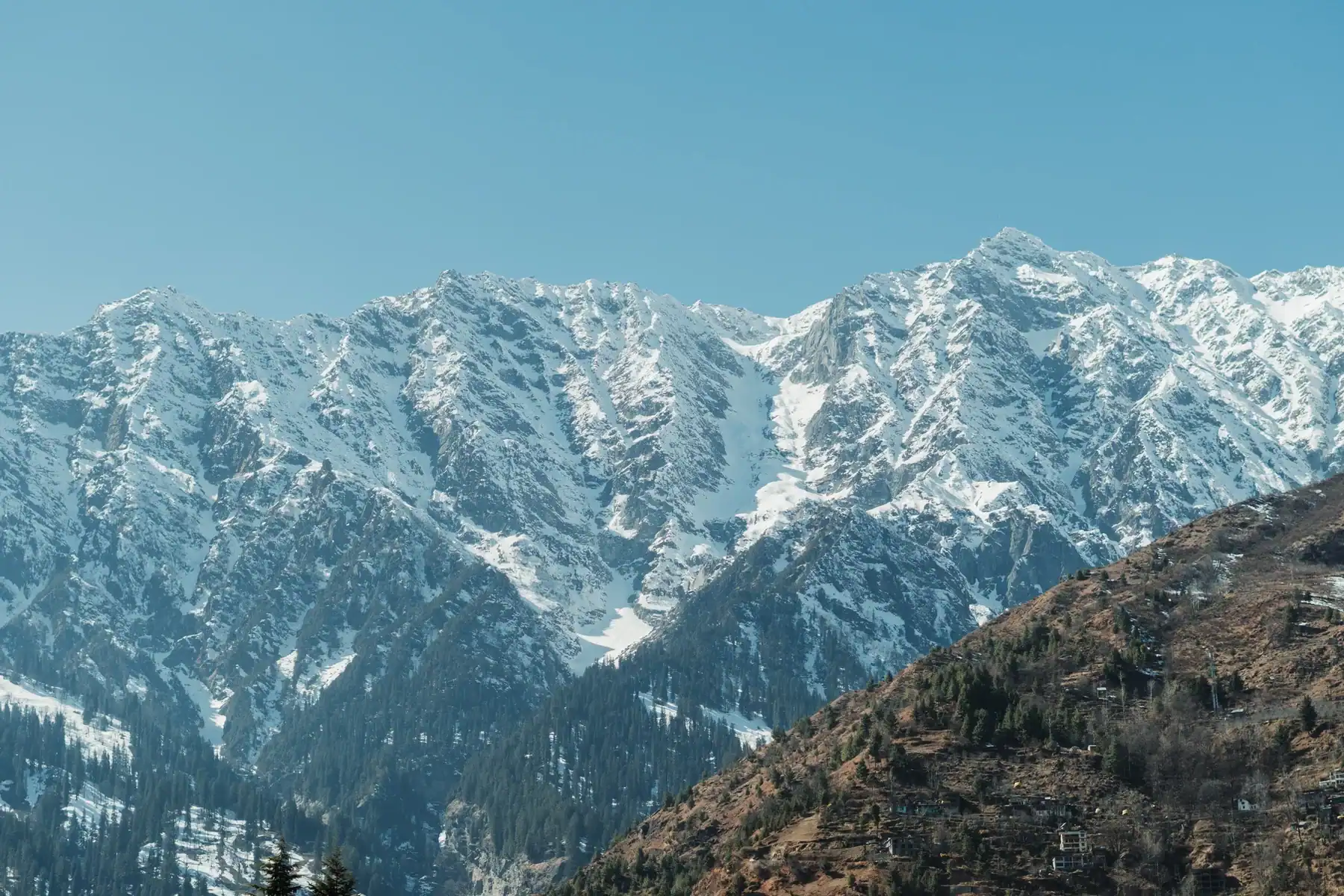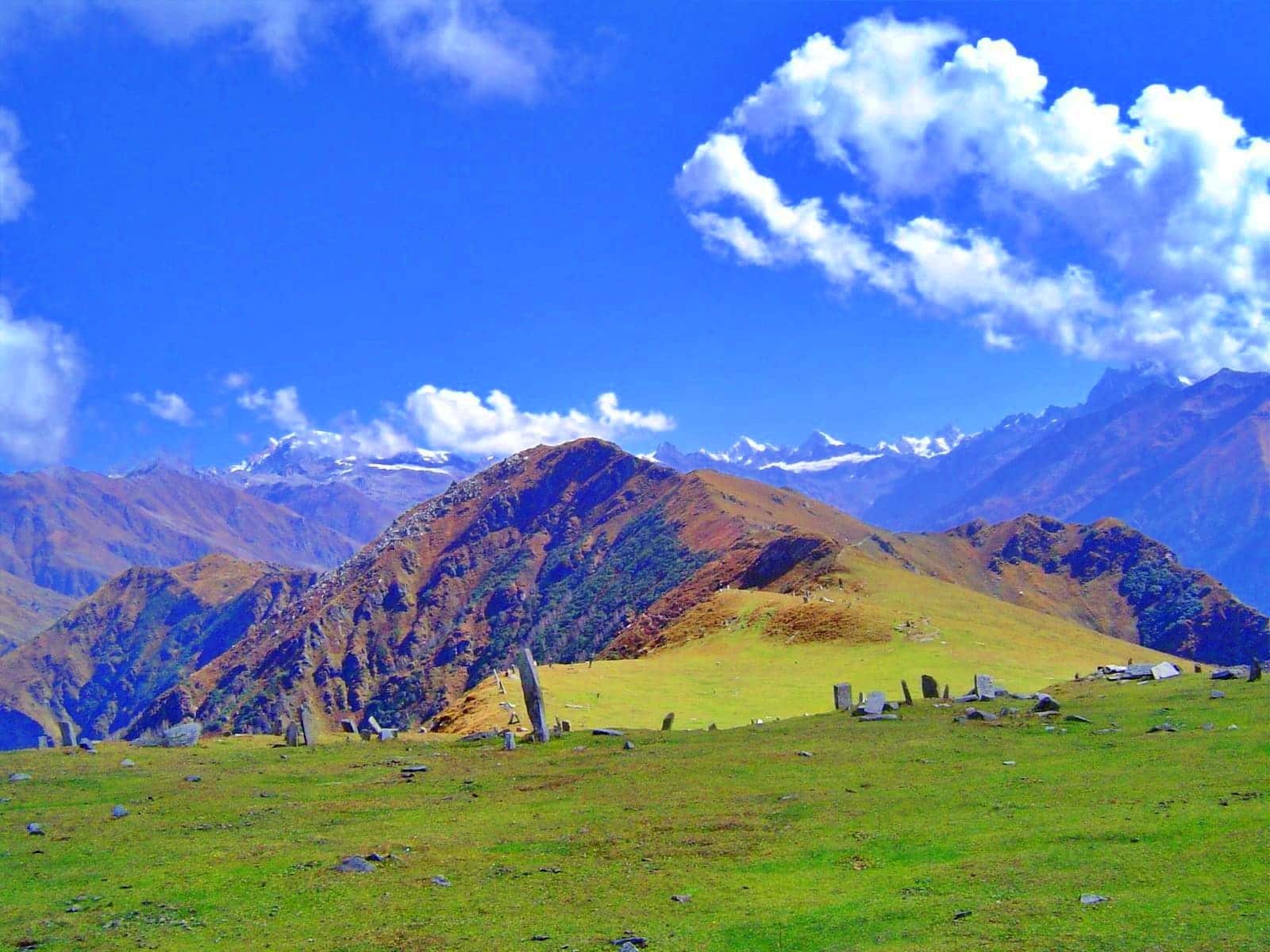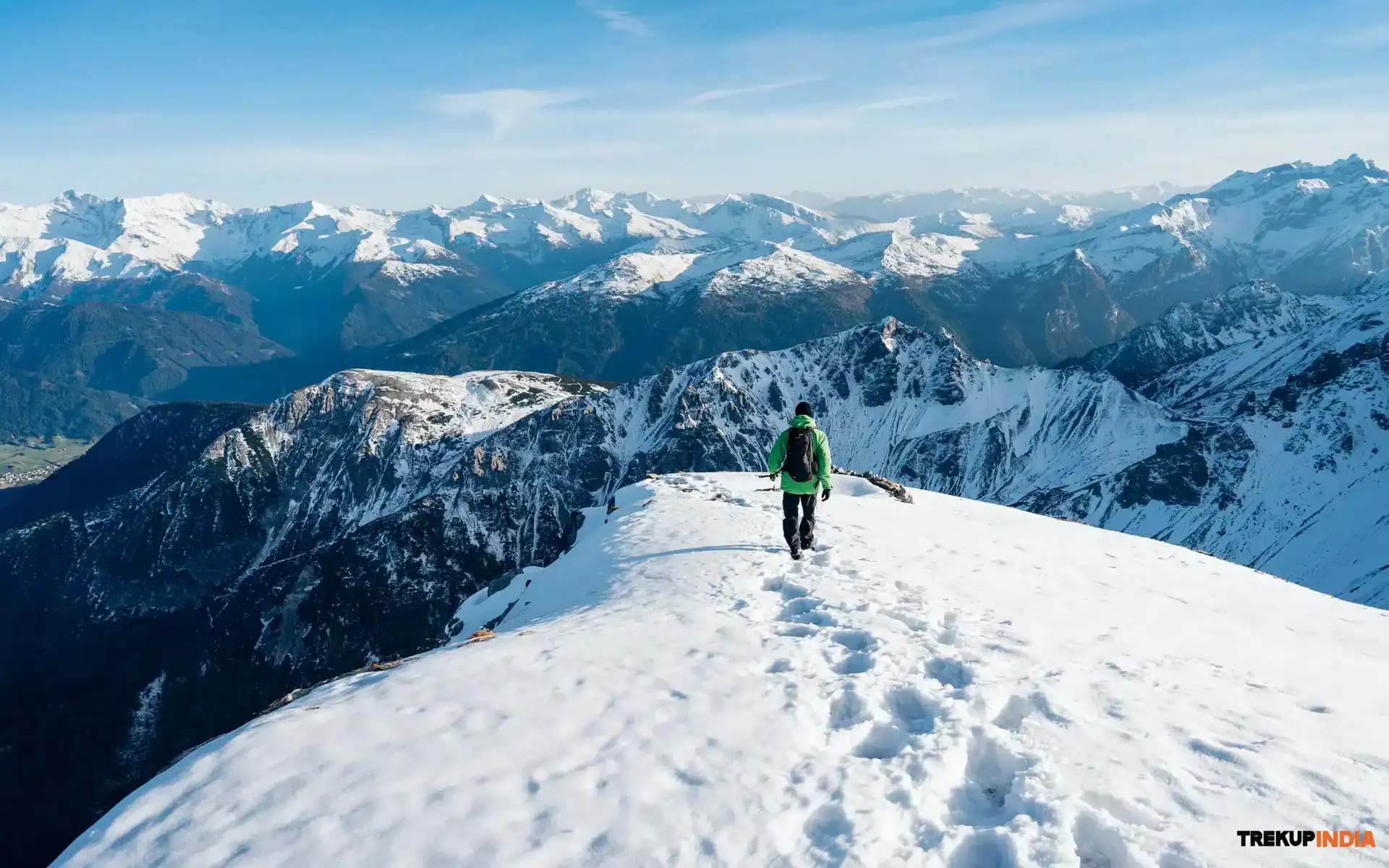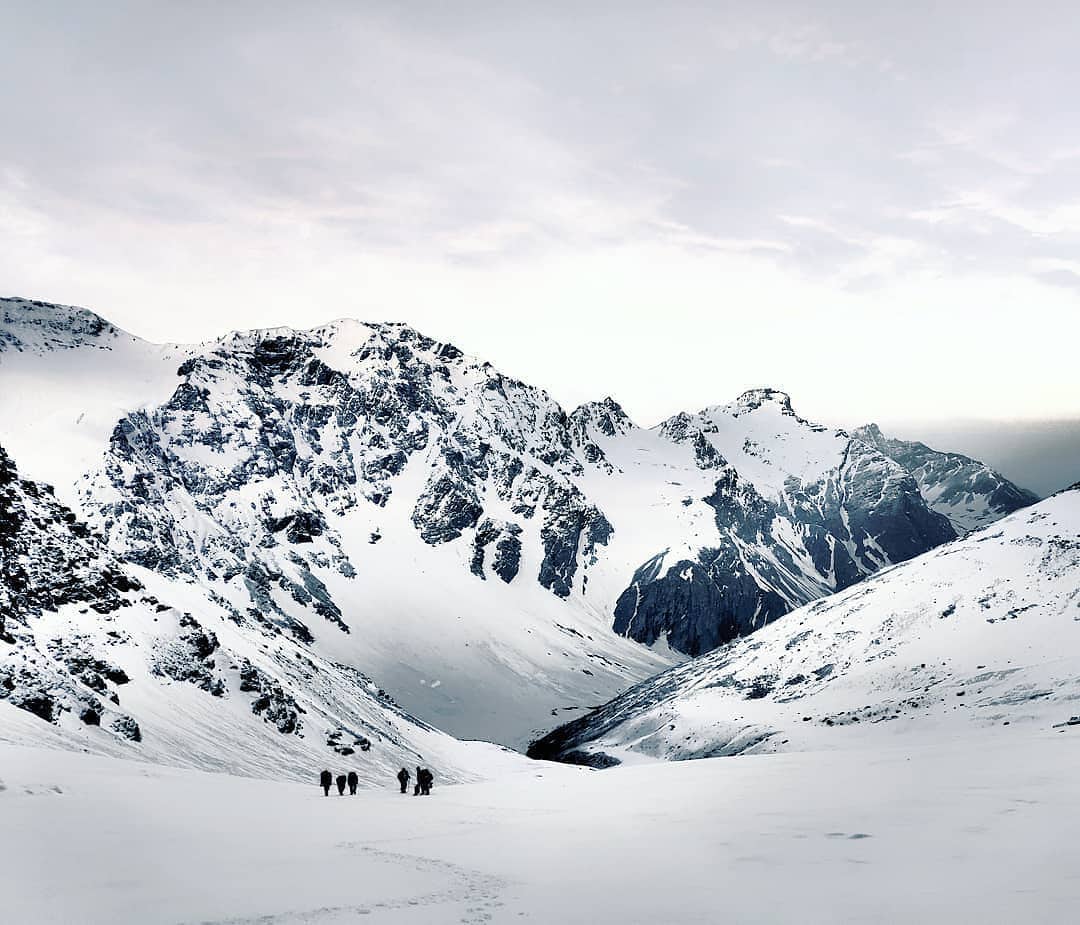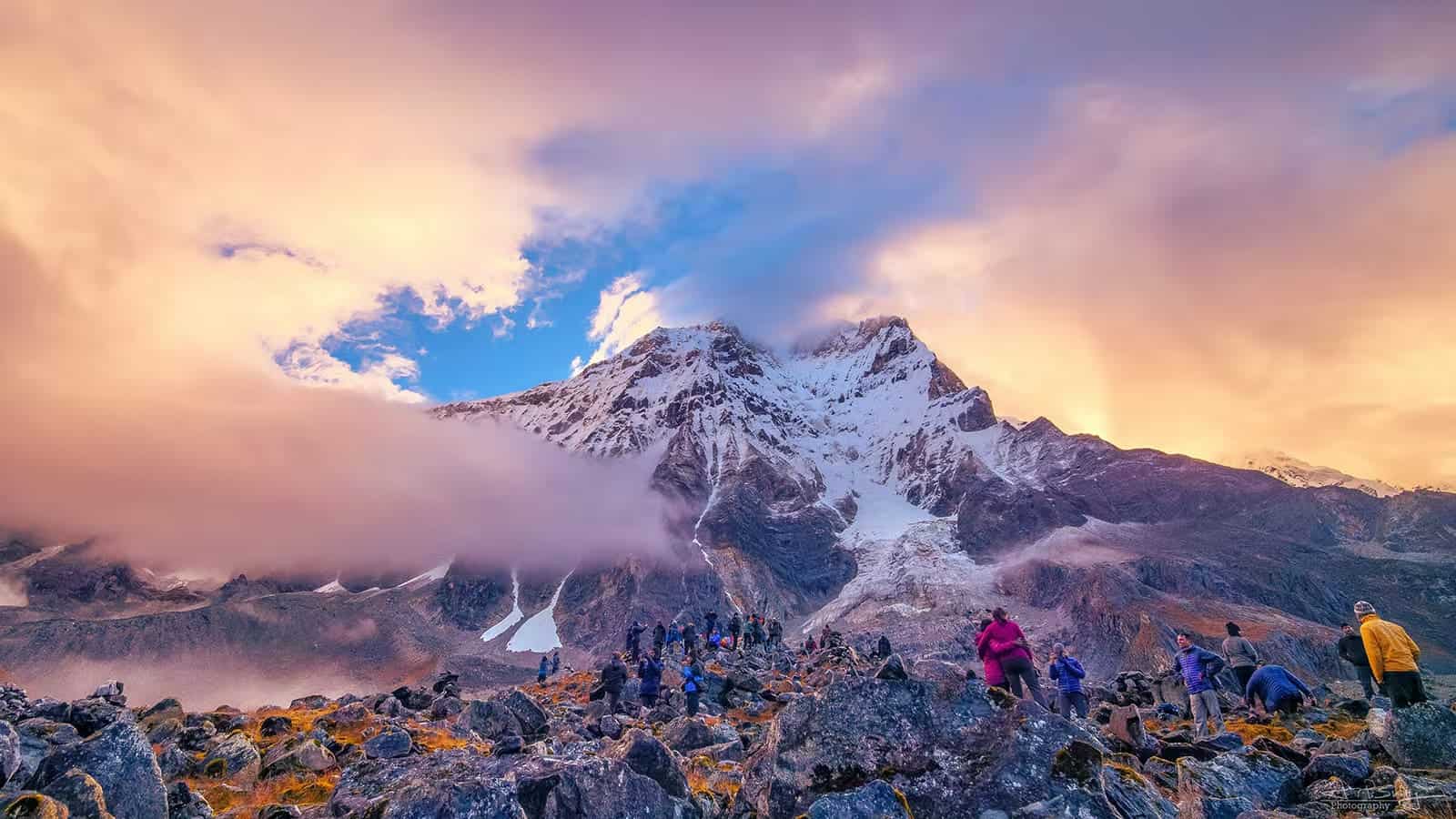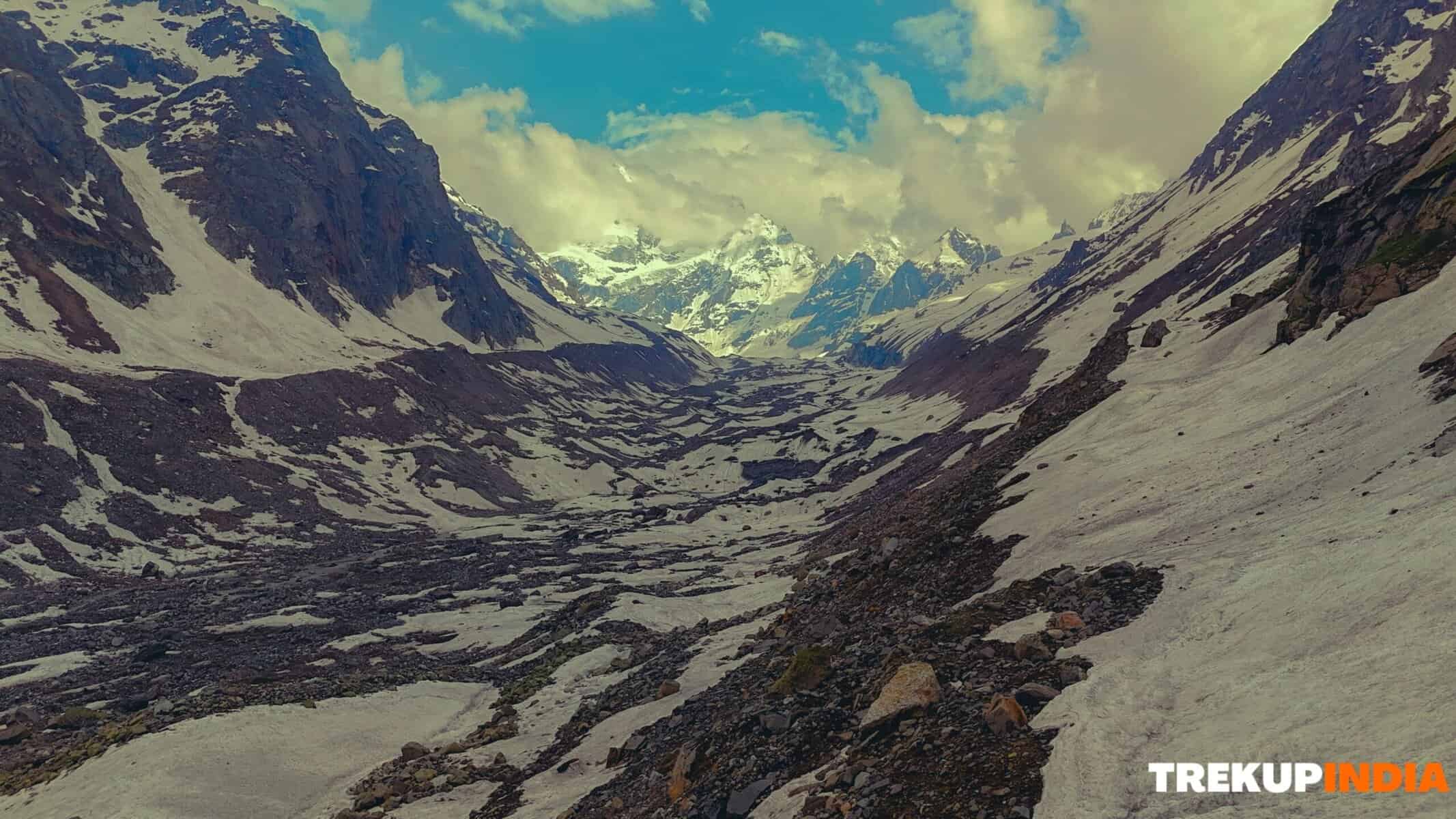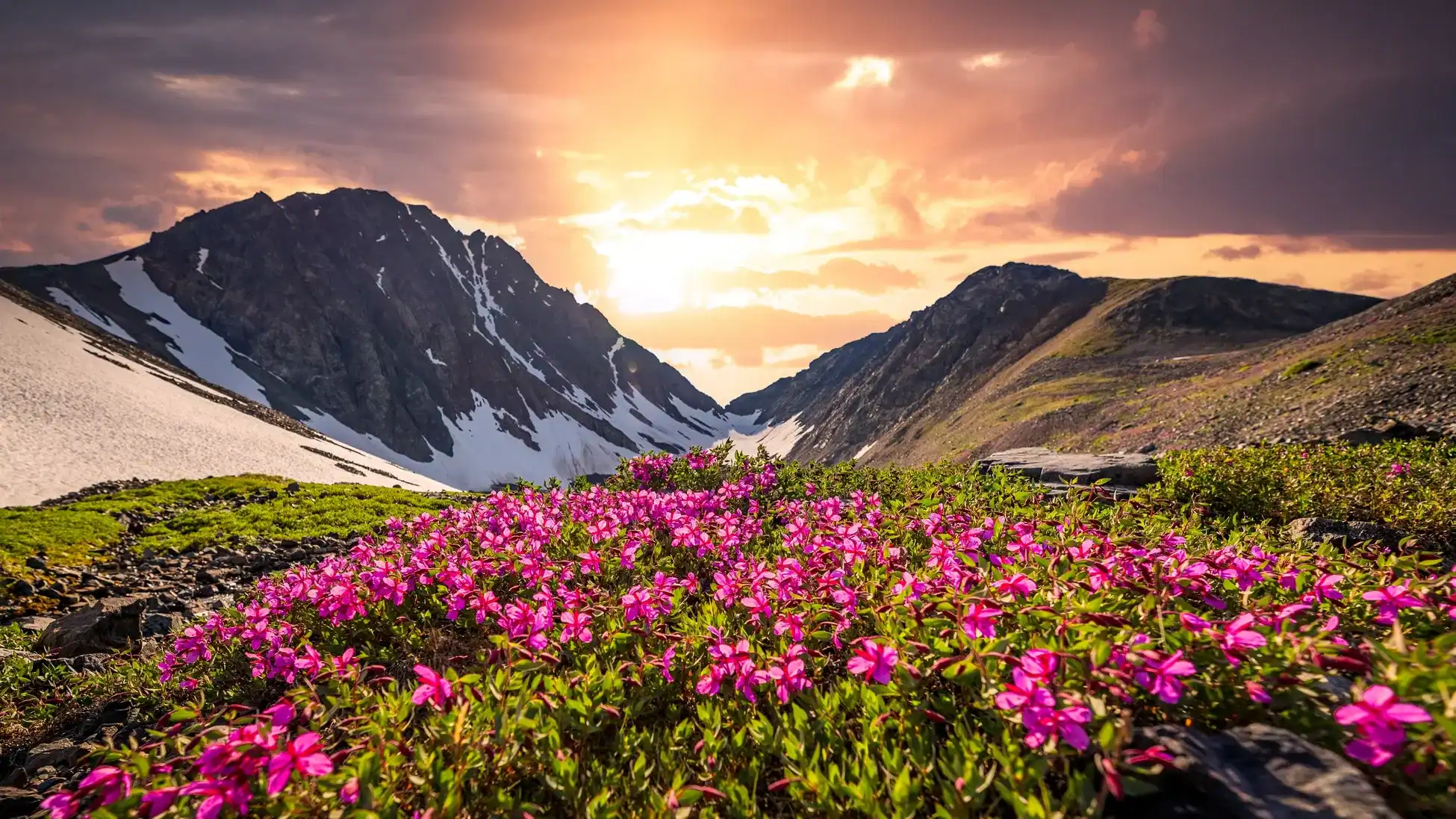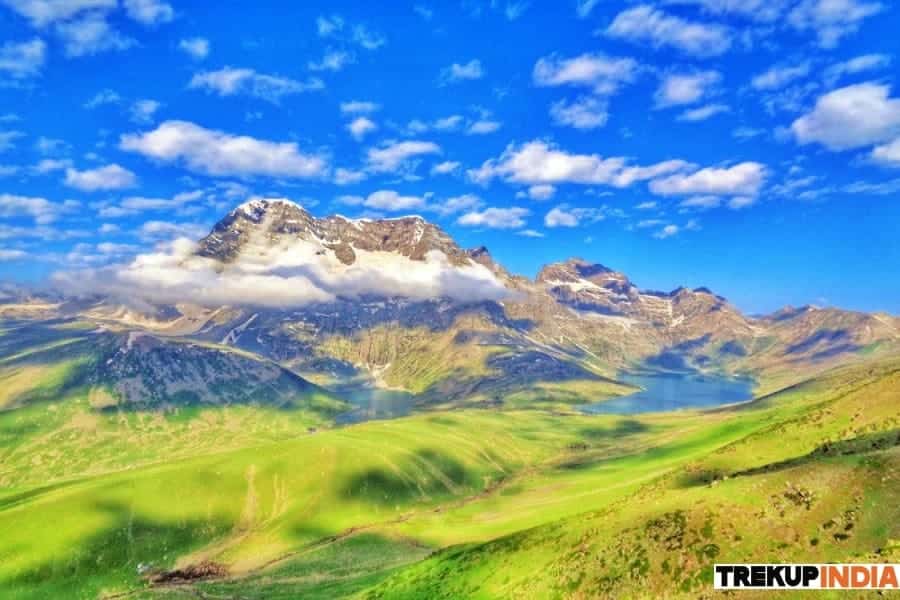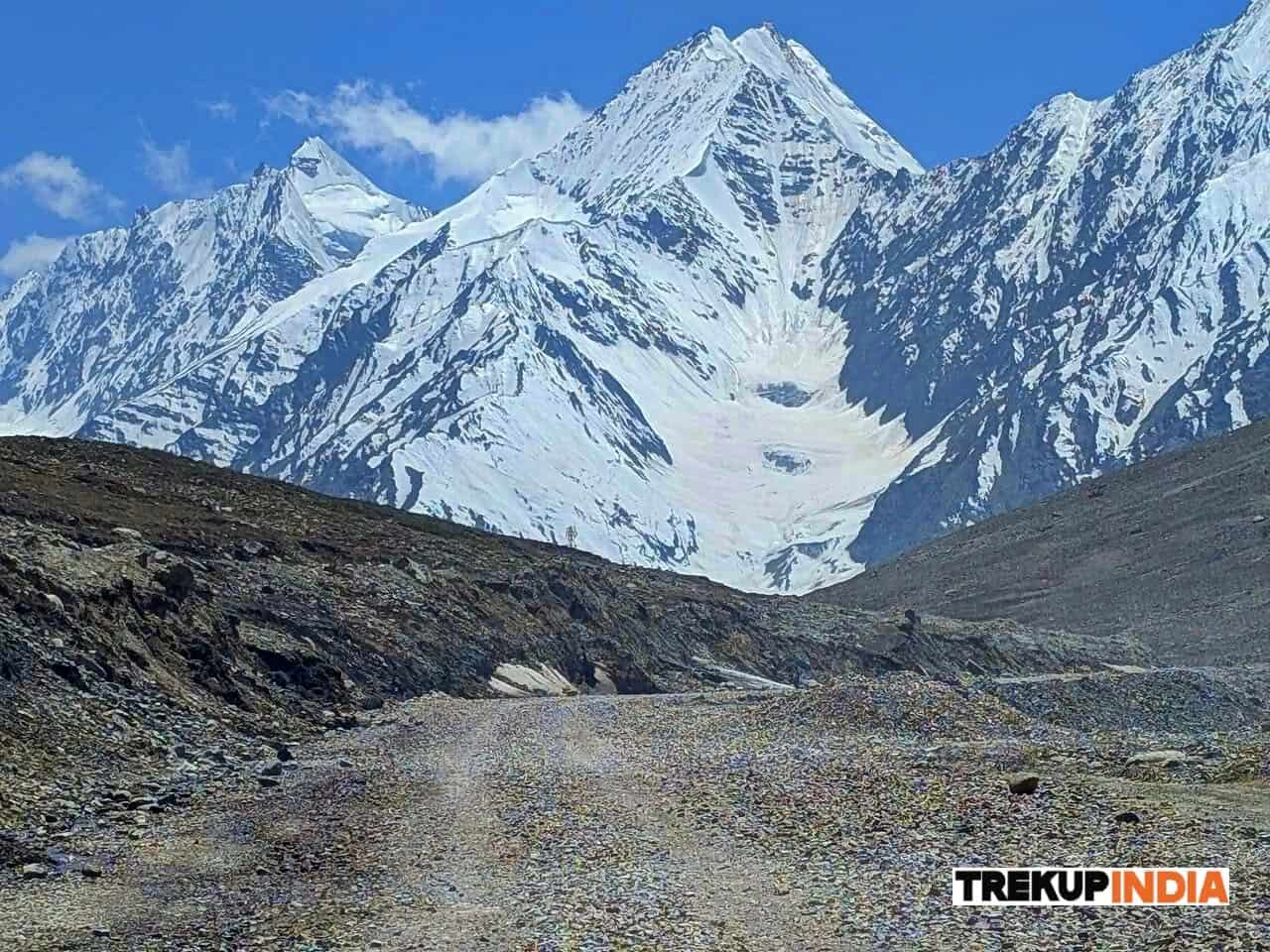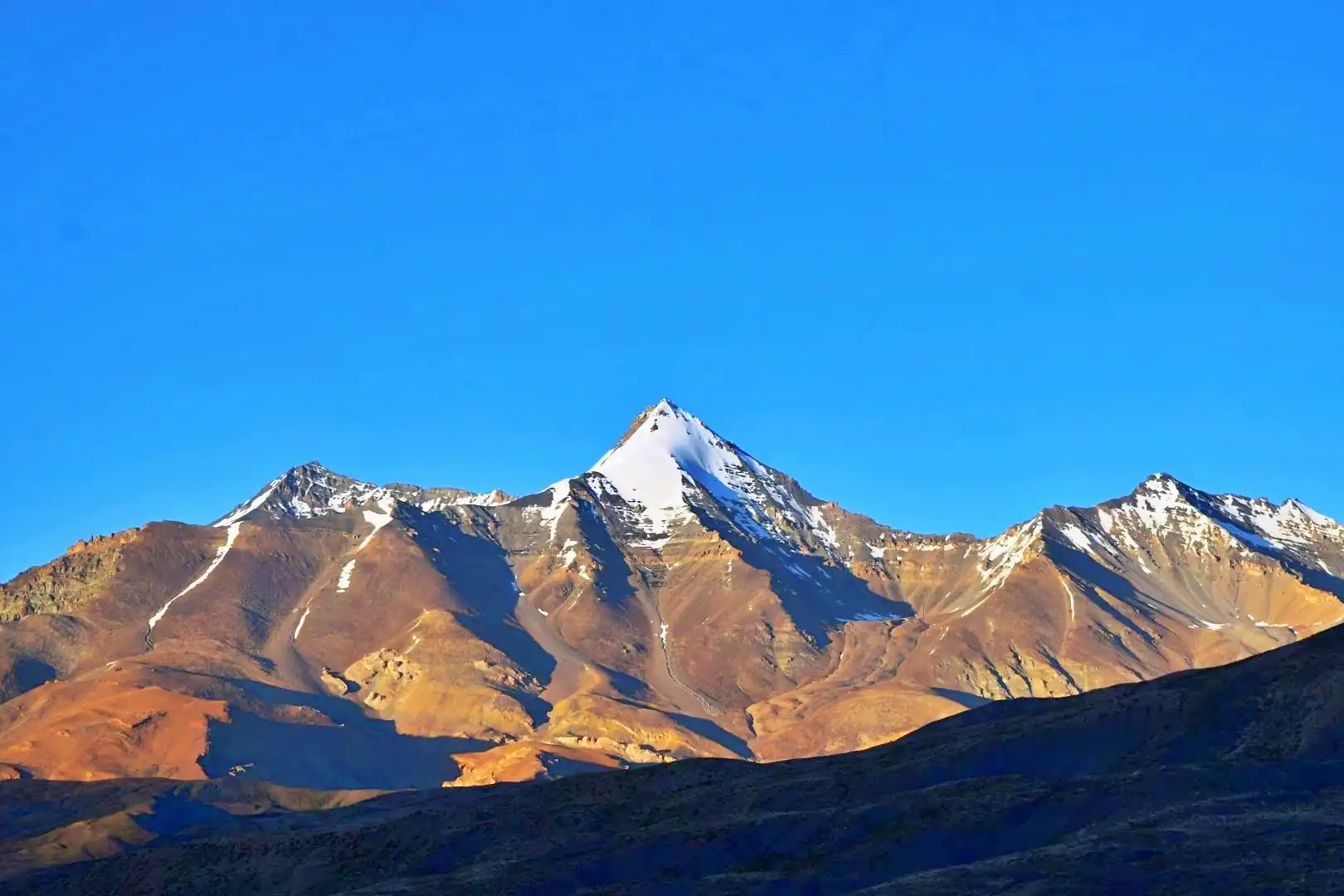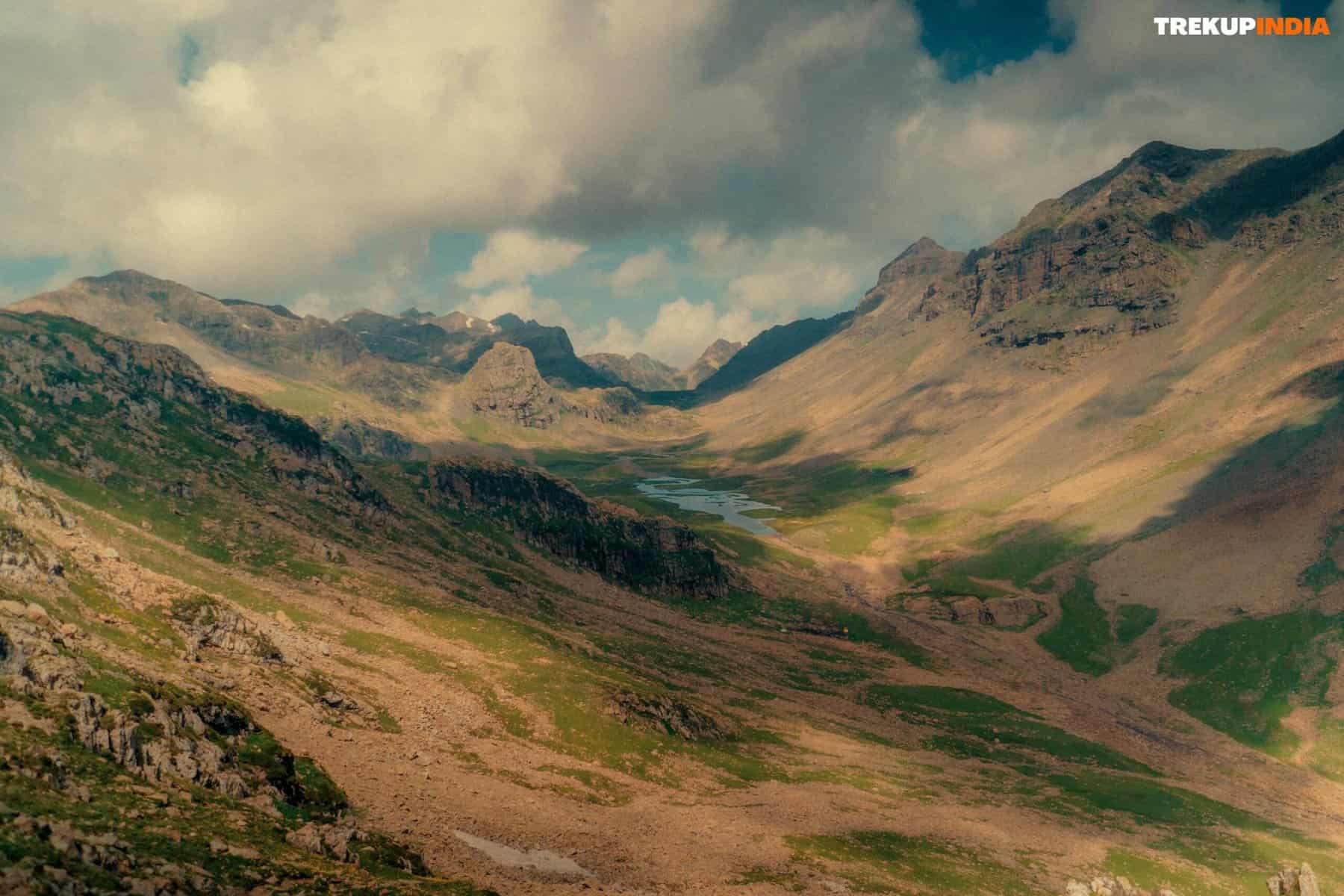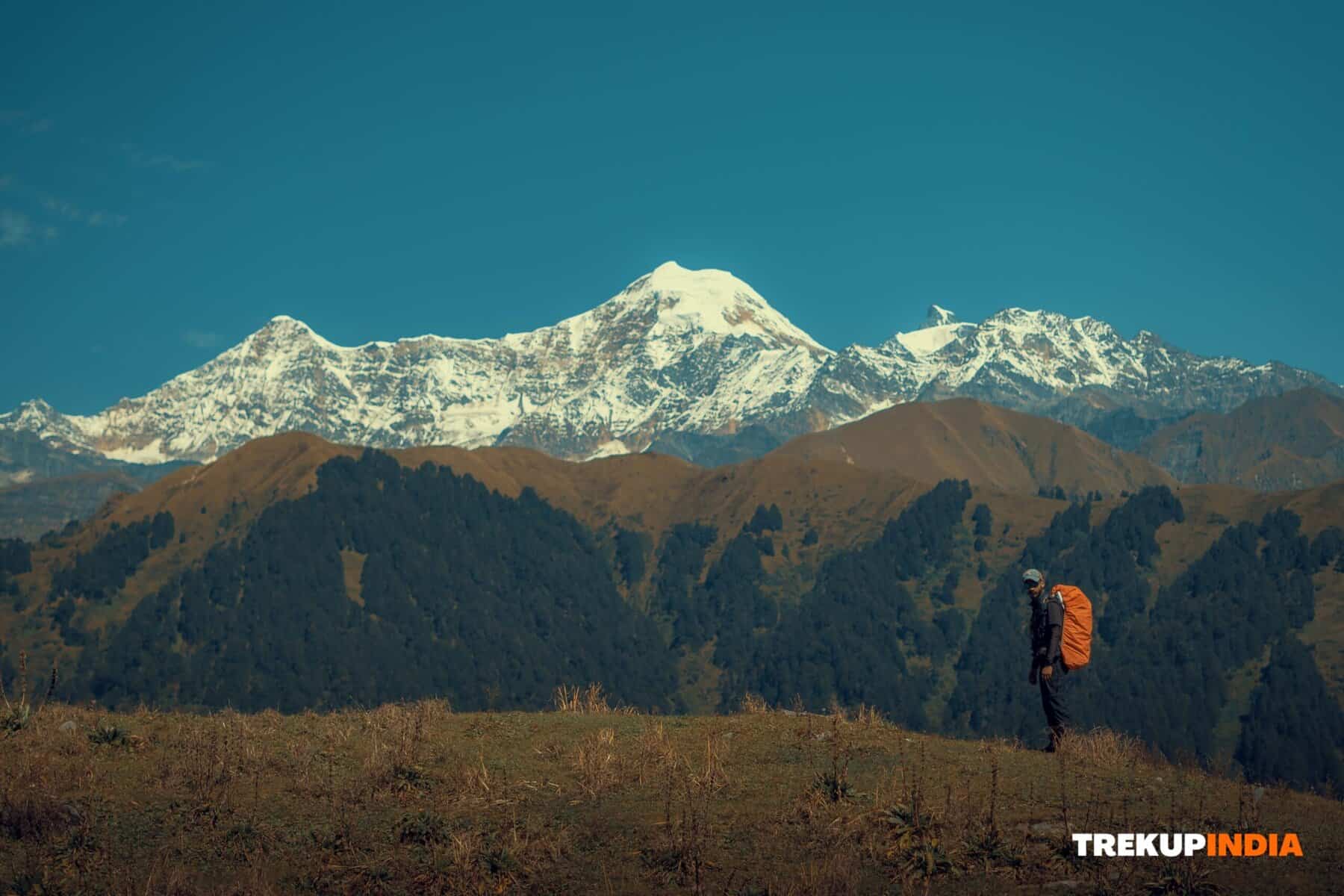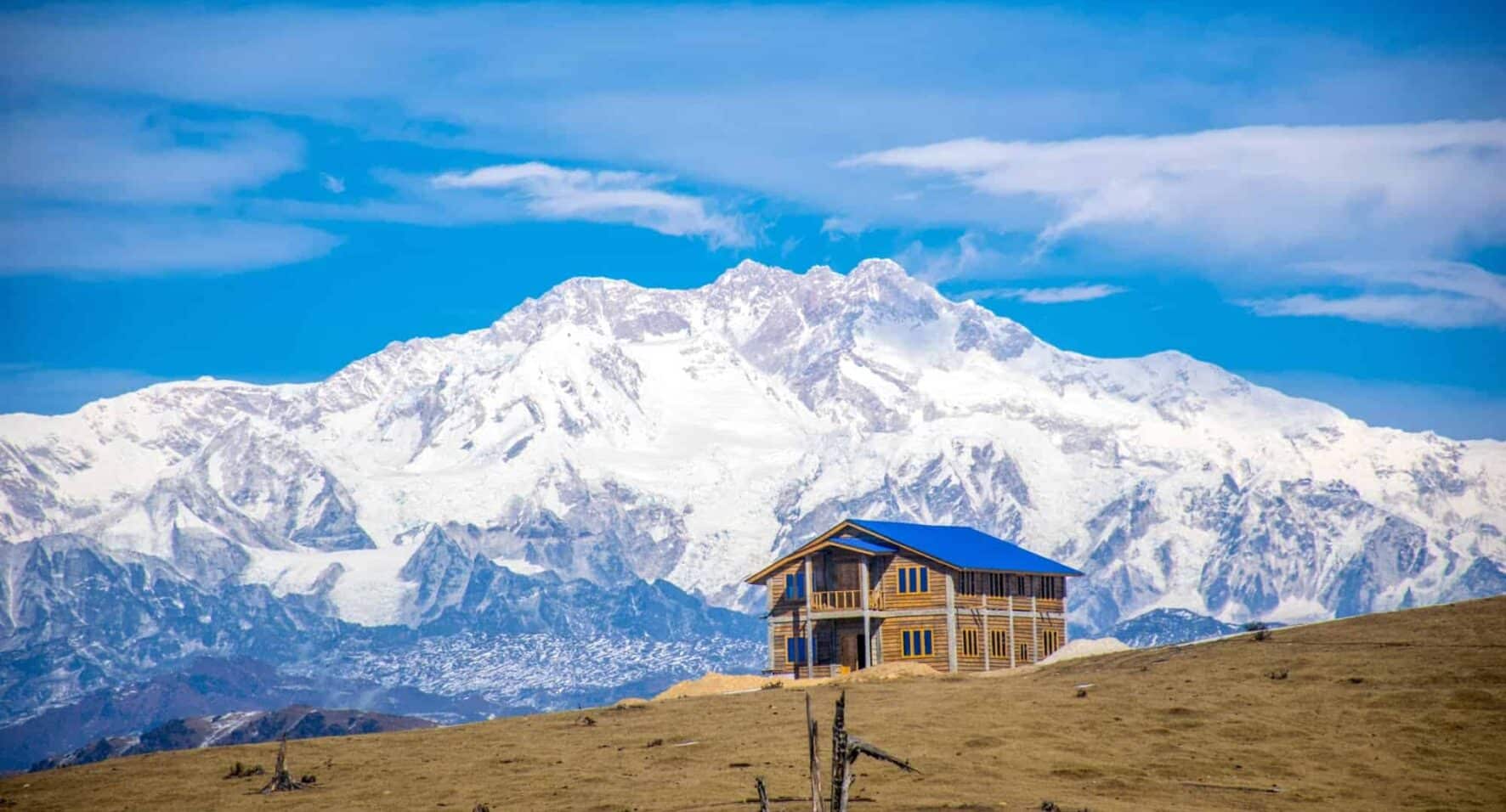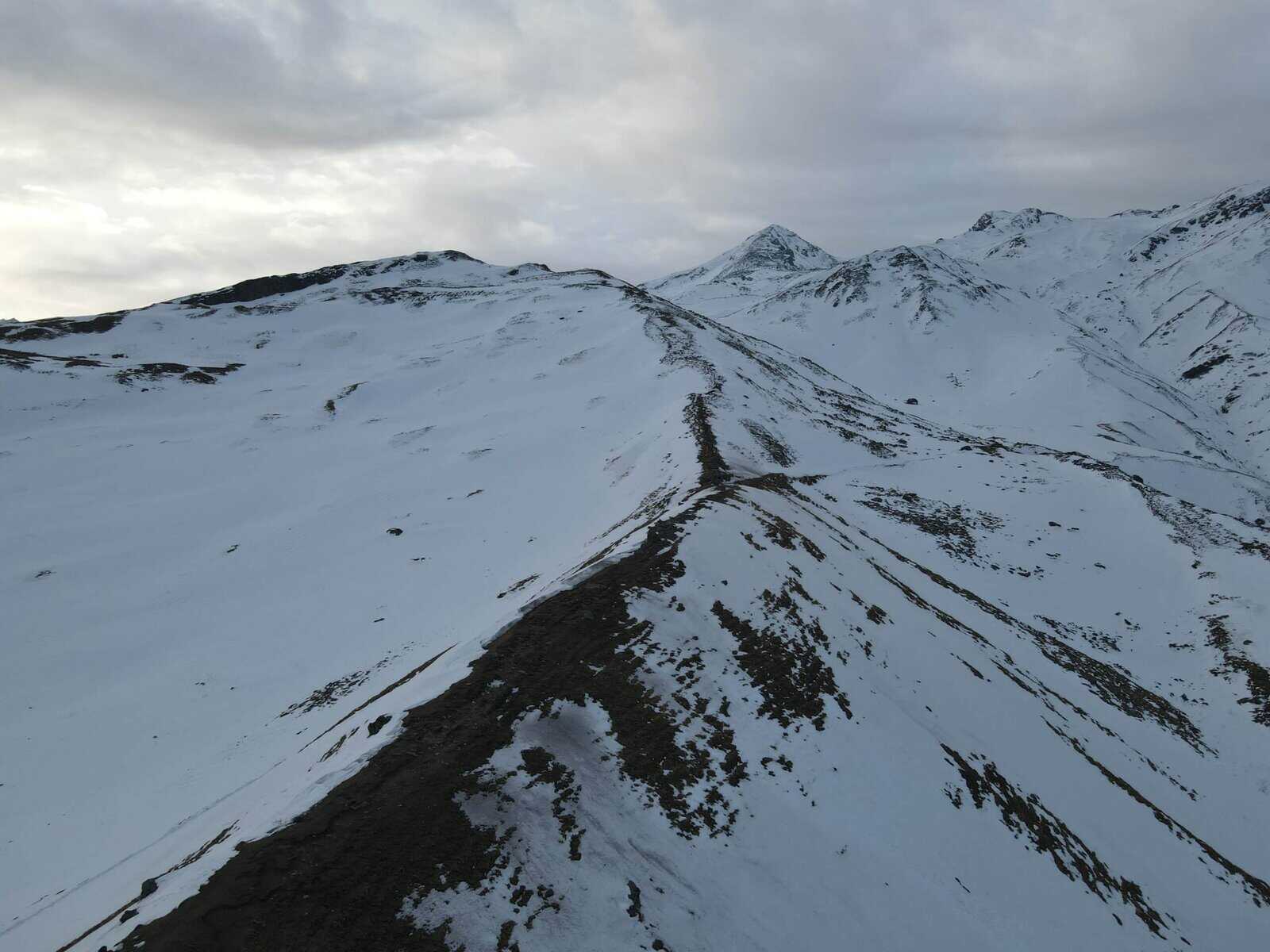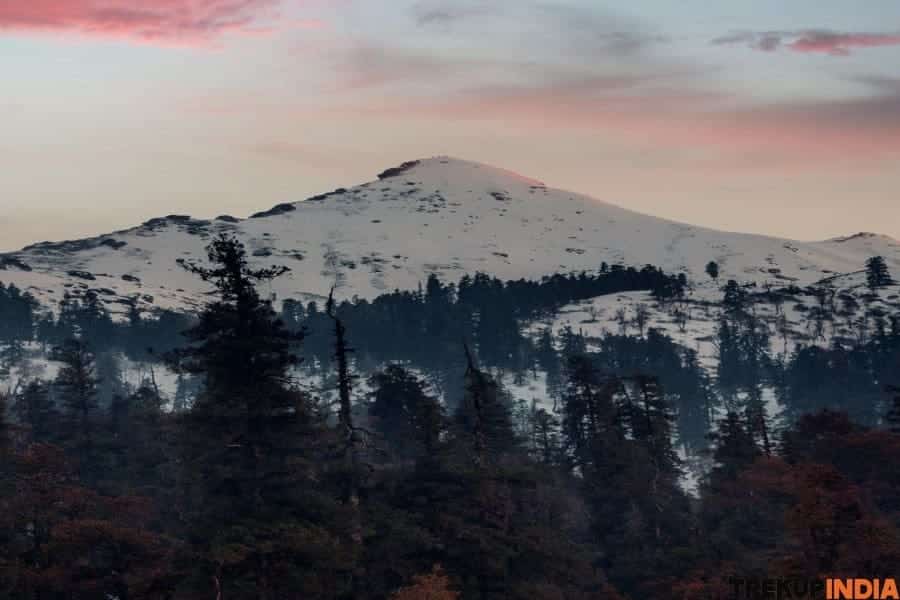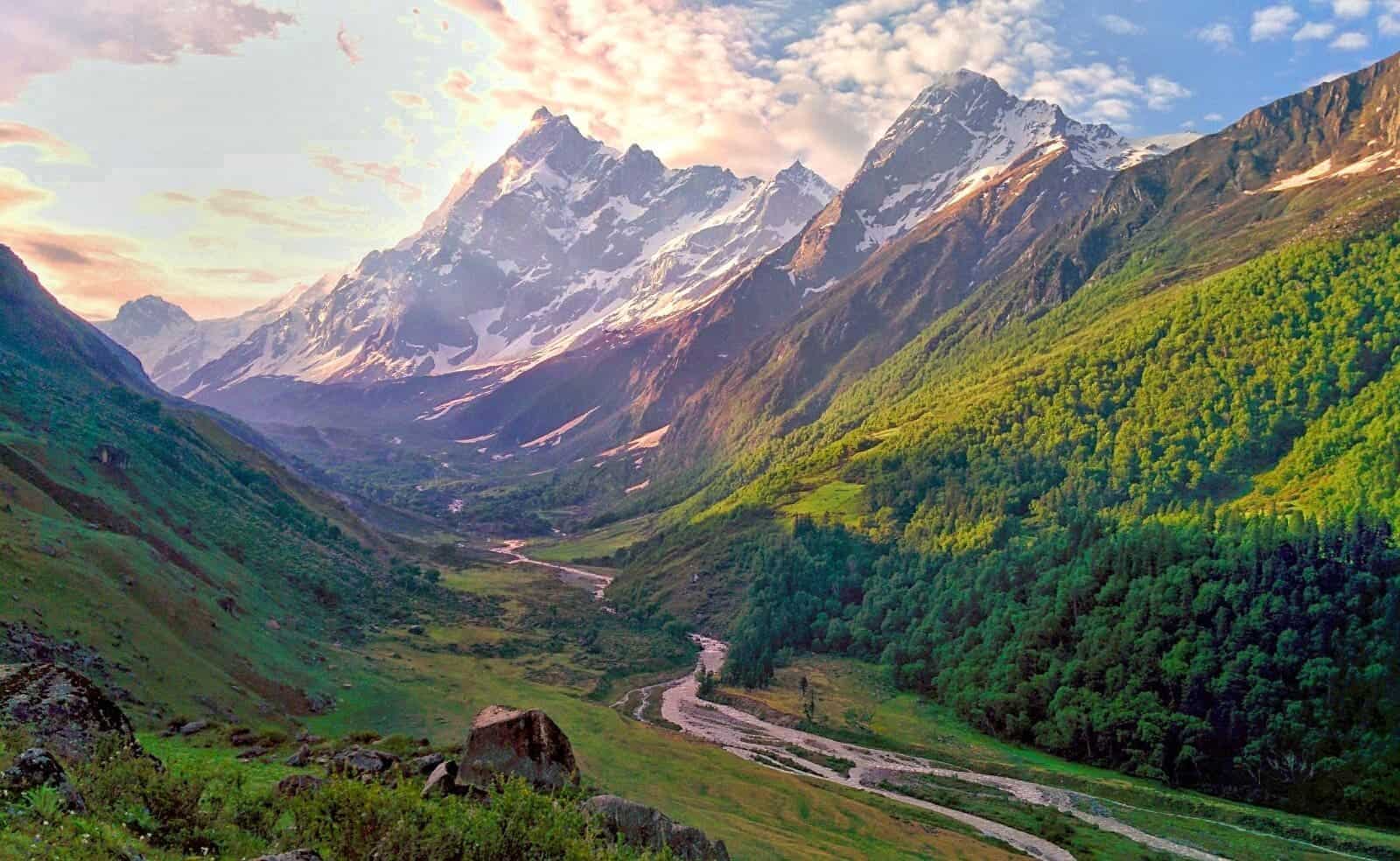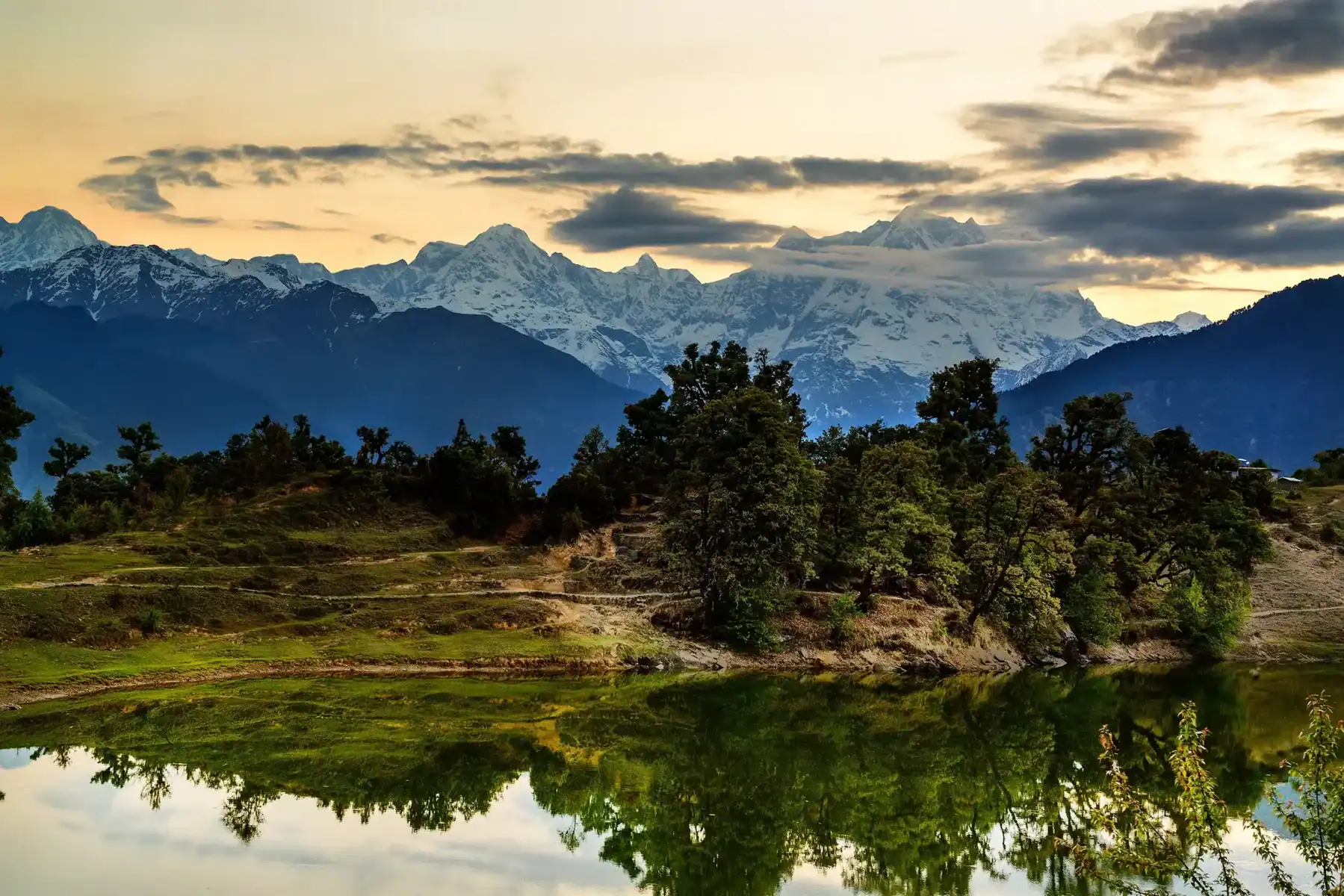Ali Bedni Bugyal Highlights – Meadows, Peaks & Serenity
Ali Bedni Bugyal Trek offers incredible rewards with minimal effort. Accessible year-round, it boasts stunning landscapes such as vast open spaces and scenic viewpoints offering panoramic views. Trekking offers newcomers to trekking an unparalleled opportunity to experience the majestic Himalayas at their fullest extent, though nothing can compare with actually experiencing their splendour first-hand. Here, we have tried our best to capture its essence as accurately as possible through this description.
Drive to Lohajung
Lohajung, located in Chamoli district of the Garhwal Himalayas, serves as an entryway into popular treks such as Roopkund, Brahmatal, and Ali Bedni Bugyal. Sitting at an elevation of 2300 meters, this picturesque village provides stunning scenic vistas and is steeped in mountain culture. Relax on the veranda of your guesthouse as you look upon a mountain adorned with precise geometric forms and vivid green shades, sip tea from a traditional clay cup (kullhad) while watching wisps of steam merge with clouds above, creating a peaceful ambiance. Aside from providing cultural immersion and relaxation, traveling from Dehradun to Lohajung itself will also prove a pleasurable experience.
Journey from the Kumaon region to the Garhwal Himalayan belt along well-maintained roads dotted by the Shivalik ranges in the background and an accompanying river. One of the highlights is passing three out of the five significant confluences of the Alaknanda River along its journey from Devprayag to Lohajung. At Devprayag, tradition meets modernity as the Bhagirathi meets the Alaknanda River at Devprayag first confluence point. The vibrant turquoise and teal colors of the rivers can be seen blending in the valley below. Srinagar, a historic town situated along Alaknanda’s banks, lies forty kilometers south of Devprayag, with Rudraprayag a short distance further along. Rudraprayag marks the confluence of the Mandakini and Alaknanda rivers. Karnaprayag, where Alaknanda meets Pindari River, is approximately 33km from Rudraprayag, and each confluence has its special beauty that makes for captivating sights.
Are There Any Shiva Fans Here?
This trekking path’s history is steeped in legend and myth, believed by many to have been used by Shiva and his family when traveling from Kumaon Valley in Nepal to Mansarovar. Nanda Devi Raat Jaag Yatra festival, which occurs every 12 years in this region. Here, entire villages take part in an austere pilgrimage honouring destruction as part of this sacred journey. Thousands flock to Uttarakhand each year for this grand festival. When embarking on this trek, be sure to ask your local guide for an accurate account of its tale – hearing their passion and engaging storytelling is truly unique – hearing it firsthand is truly the best way to appreciate its significance.
Breathtaking Panorama of Majestic Peaks
Ali Bedni Bugyal offers a breathtaking panorama of the Garhwal Himalayas’ grandeur, featuring Mts Nanda Ghunti and Trishul as powerful presences that remain constant companions throughout your trek. While you will see glimpses of these mountains from almost everywhere along your journey, the most breathtaking views come at Bed Top, located at an elevation of 3,803M, where they become increasingly apparent as smaller mountains that had obscured their views, leaving you mesmerised or even left speechless by what lies beyond. In addition to these two majestic giants, the Chaukhamba range features other impressive peaks, making this adventure truly unforgettable.
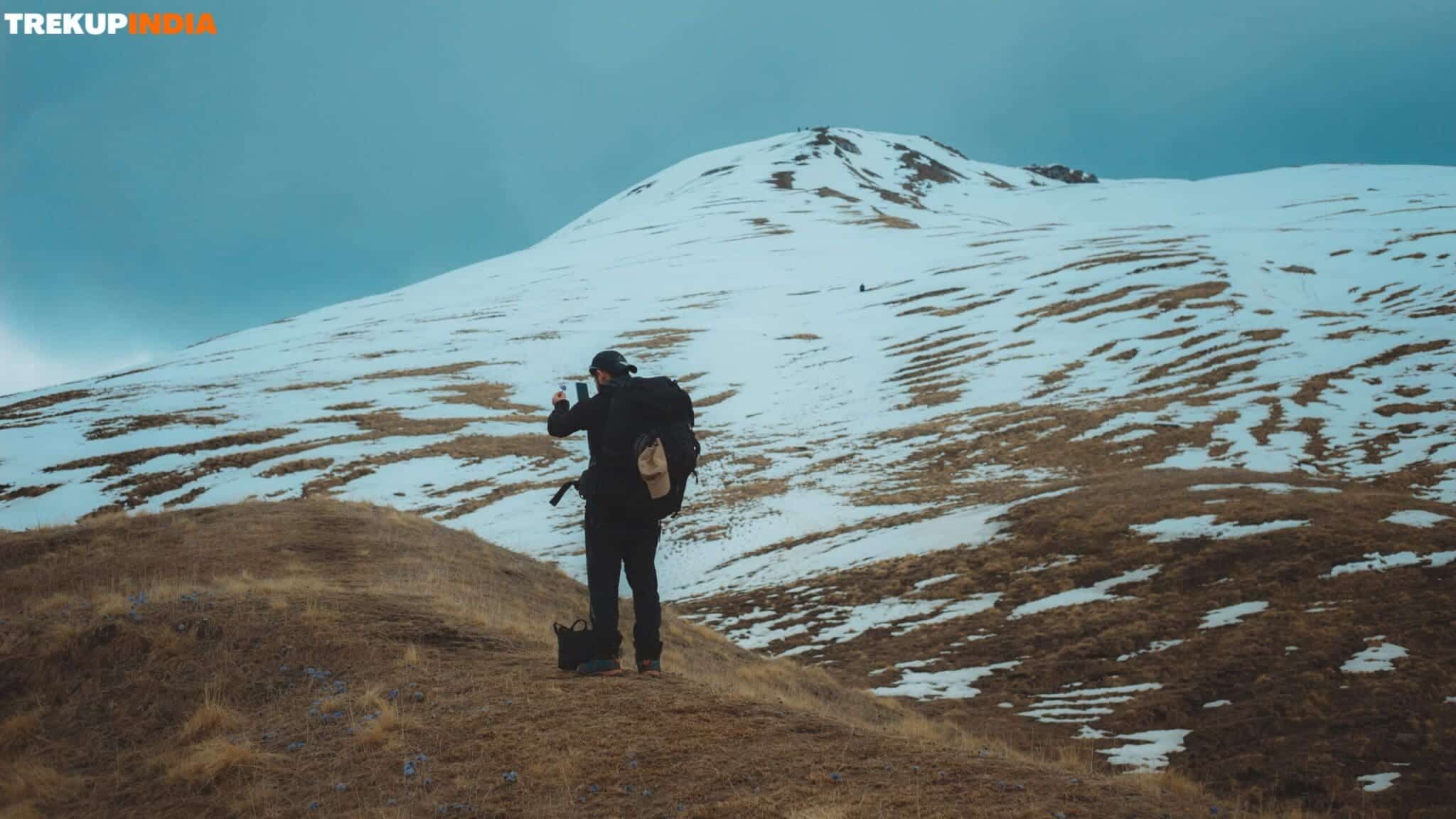
An Outstanding Introduction to the Himalayas
To experience trekking for the first time is truly rewarding, and we at Highlight 4 are happy to ensure this adventure is one of your top picks! Ali and Bedni bugyals trek is ideal for novice hikers thanks to its moderate elevation, easy terrain, and favorable climate. In five days of hiking, this trek provides access to numerous attractions found across the Himalayas. Ali Bedni Bugyal boasts lush forests, towering peaks, open meadows with vibrant colours, babbling streams leading into mountain villages, verdant fields with inquisitive livestock, and lush fields all year-round – everything imaginable awaits at Ali Bedni Bugyal! Be it summer greenery or snowfall, dense alpine forests filled with vibrant wildflowers and rhododendrons make this trek warmly welcoming any time of the year!
Tolpani forests
Your journey winds through dense oak groves where dappled sunlight filters through the leafy canopy above, as a gentle breeze stirs trees beneath your feet, stirring their dry leaves with every passing step. Prepare yourself for an amazing experience in which light and shadow play tricks on you in these woods that may be disorientating and captivating. Caterpillar Fungus’ Intriguing Cycle Caterpillar Fungus serves as an iconic example of nature’s harsh reality, found most commonly in high-altitude meadows above 3,500 meters and serving as an illicit but lucrative source of income for residents. The formation process for this fungus is remarkable: infecting and then killing larvae from moth species native to these elevations before mummifying their bodies into what’s known locally as Keeda Jadi structures, which command large sums on the black market.
Families living in these mountain villages devote months of arduous effort to searching for an elusive yet highly prized commodity. Braving harsh weather, they scour overgrown terrain with painstaking precision to locate these small, cleverly camouflaged creatures – once discovered they are carefully collected, packaged, and discreetly sold off as part of an innovative resourceful solution to no creature being wasted – including those that fall prey to smaller predators; simply an online search will reveal unsettling images depicting this natural phenomena.
An Enjoyable Trek Year-Round
Ali and Bedni Meadows offer an exciting trek throughout the year, with each season revealing different characteristics in these meadows that bring out different forms of beauty – winter brings white snow glistening over them, monsoon brings bursts of wildflowers blooming all across them, pre-winter season brings yellow hues proudly flaunted across them proudly while summer brings warmth and richness aplenty.
Have We Forgotten About Mentioning the Bugyals?
Ali Bedni Bugyal stands out among this trek’s highlights as an outstanding feature with its vast meadows known as bugyals, making for stunning views, breathtaking vantage points, moderate altitude and welcoming climate throughout the year – not forgetting its large expanse, brimming with life on two legs, four legs or static. Observing life flourish in these open spaces makes for a delightfully fascinating experience.
Conclusion
Ali Bedni Bugyal provides more than just a trekking experience; it provides an immersive encounter between nature, culture, and the majestic beauty of the Himalayas. From novice hikers to experienced explorers alike, this trail provides both challenge and allure in equal measure. On this journey, every step uncovers new splendour – from magical forests and high-altitude meadows to stunning views of Trishul and Nanda Ghunti. Wandering ancient villages, sacred river confluences, and ever-shifting landscapes not only provides an unforgettable adventure but also helps develop an in-depth connection to Uttarakhand’s rich history and essence. Offering year-round appeal with moderate levels of difficulty, the Ali Bedni Bugyal Trek provides a welcoming, enriching, and memorable passage into the heart of the Himalayas.
About Author
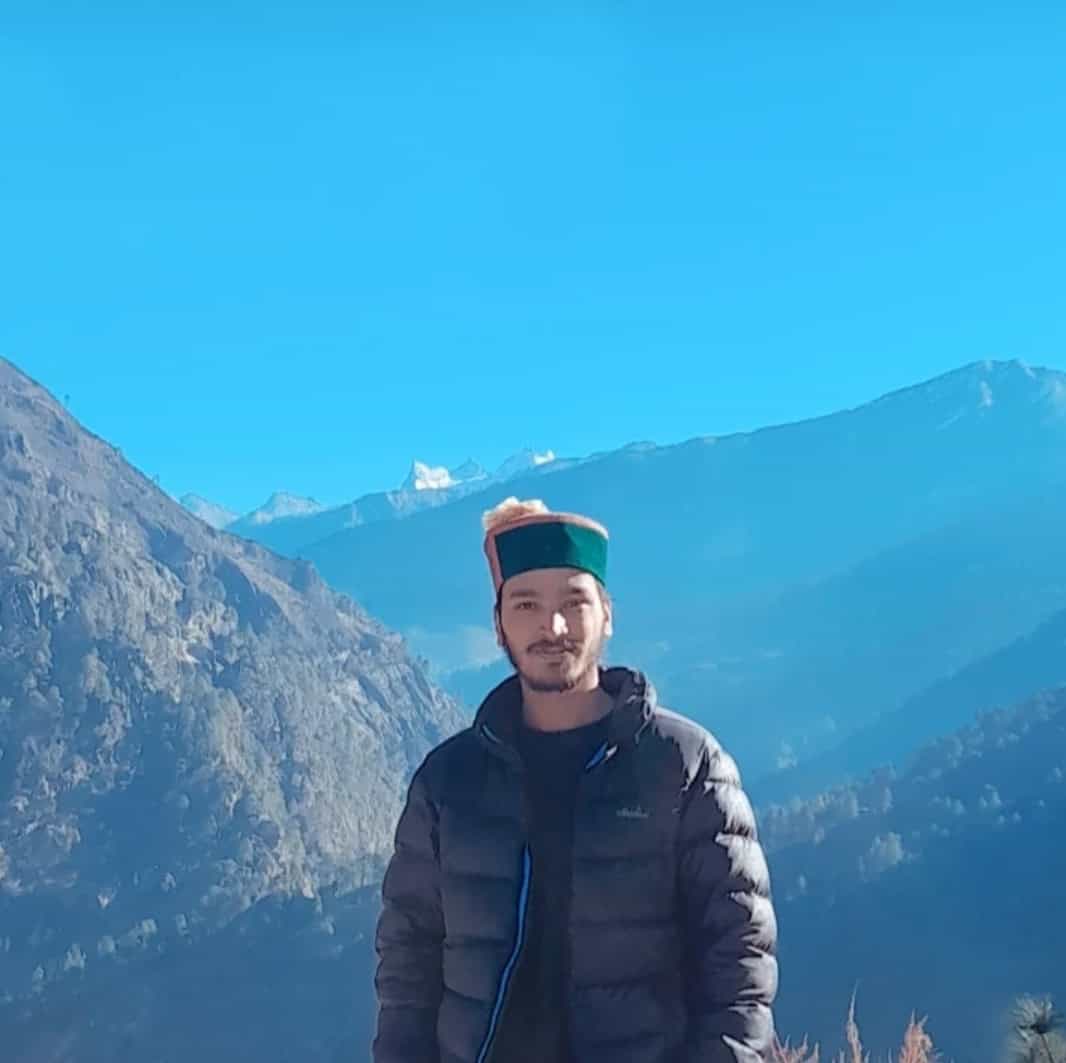
Anoop Rawat (Admin TrekUp India)
Anoop has worked for 5 years as a Trek Leader with TrekUpIndia, leading numerous treks across the diverse and challenging terrains of Uttarakhand and Himachal Pradesh. He holds a degree in Geology with a specialization in Geographic Information Systems (GIS) from UPES Dehradun. During his academic years, he actively applied his classroom knowledge in the field—most notably by contributing to a glacier research project on the Jundar Glacier in the Har Ki Dun Valley, Uttarakhand. Write Anoop at anoop@trekupindia.com
Share this article
Dates For Upcoming Treks
Want To Trek Like Pro?
Basically, watch these videos if you want to trek the same way professional trekkers do and make your skills better. These videos contain useful tips and techniques to further improve your trekking skills itself. These videos actually help both new and experienced trekkers improve their trekking skills. These videos definitely provide useful tips that make your trek better. We are seeing that these videos by Trekup India experts will only help you make your trekking skills better.
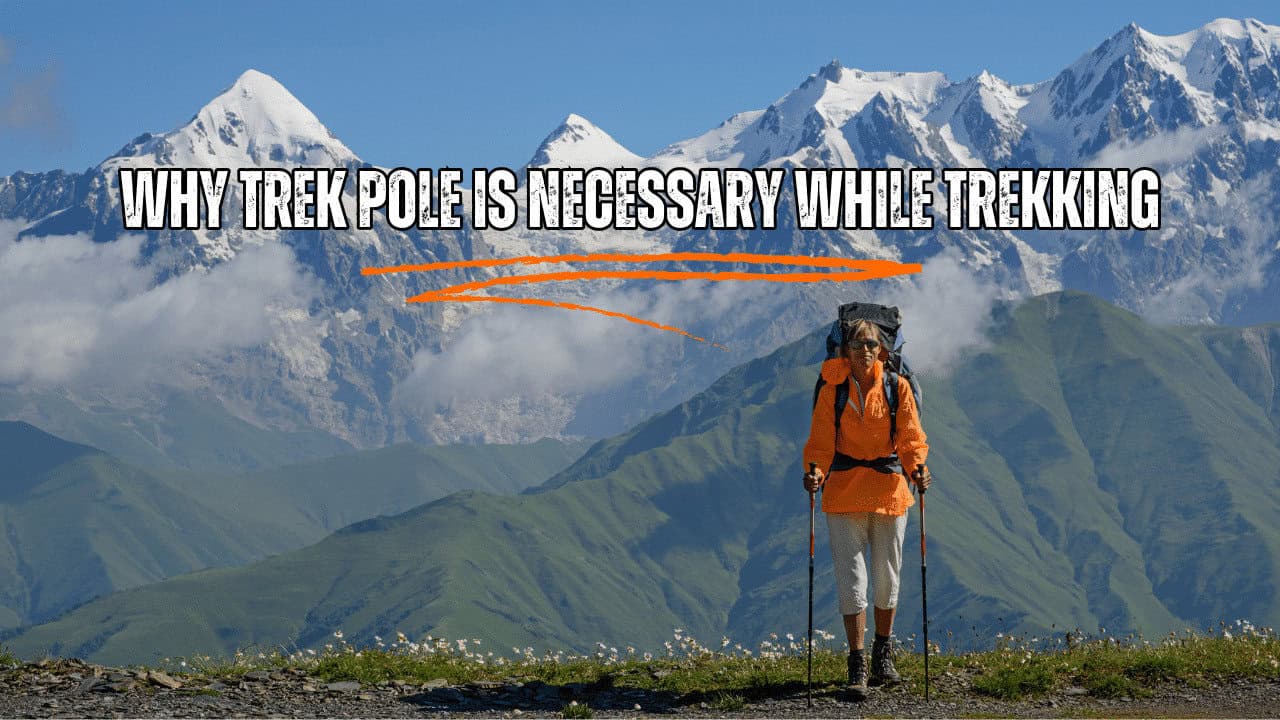




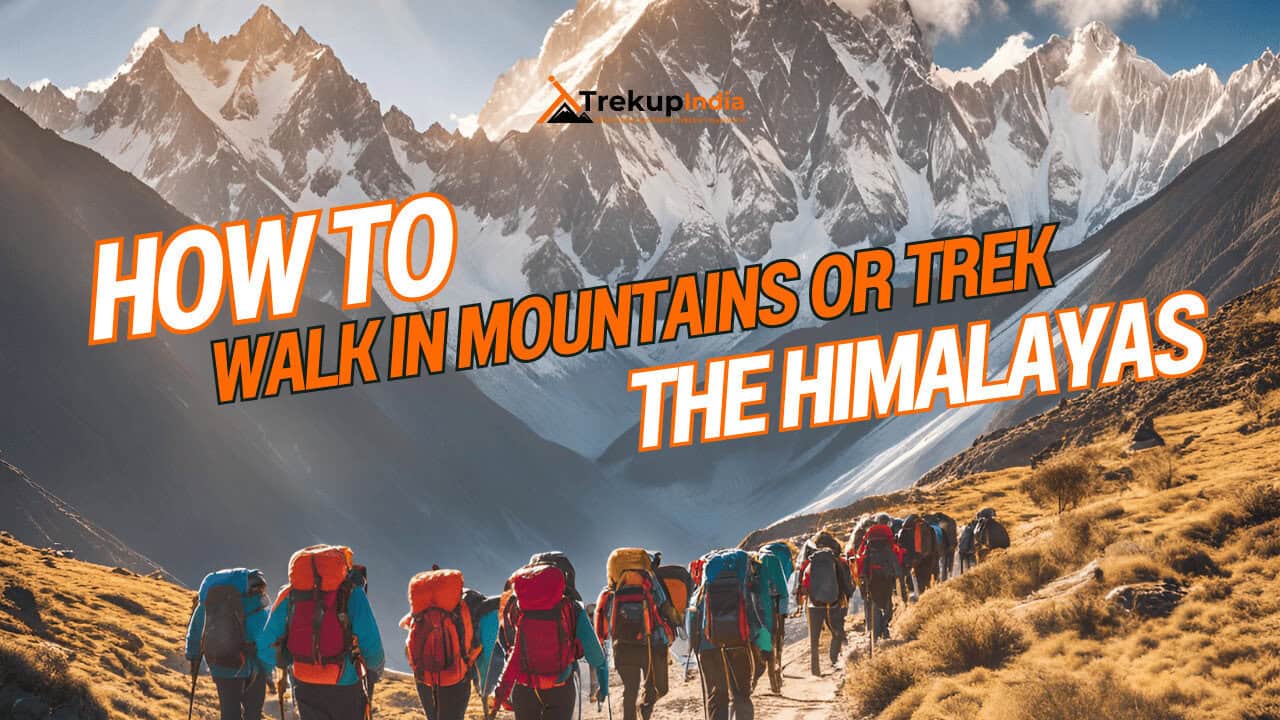

Know Everything About Acute Mountain Sickness
Acute Mountain Sickness occurs when people trek to high altitudes above 8,000 feet. This condition itself develops further due to reduced oxygen levels at such heights. Basically, as you go higher up, the air pressure and oxygen levels decrease, which causes the same problem. Acute Mountain Sickness surely causes headache, nausea, vomiting, and dizziness in affected persons. Moreover, peoples also experience difficulty in sleeping during this condition. To avoid mountain sickness, you should actually trek up slowly to higher altitudes. To learn further about this condition itself, watch the videos by Trekup India.
